Exploring Kathakali : Origin, History, Elements, and Costumes of India’s Major Traditional Classical Dance Form / Unveiling Kalyana Sougandhikam : A Mesmerizing Kathakali Play by Kalakshetra Foundation Depicting Bhima’s Quest for the Rare Fragrance Flower for His Wife Draupadi (Updated)
– captivating blend of elements that showcase the essence of kathakali classicism
| CasualWalker’s Rating for Kalyana Sougandhikam – Kathakali by Kalakshetra Foundation : | |

9.9 – Great / Excellent
|
Kathakali, a classical dance form from Kerala, requires years of dedicated training. Its name combines “Katha,” meaning traditional story in Sanskrit, with “Kali,” derived from “Kala,” meaning art and performance. Kottarakkara Thampuran, the Raja of Kottarakkara, innovated a temple art form called ‘Ramanattam’ based on ‘Krishnanattam’, which is believed to be the precursor to Kathakali.
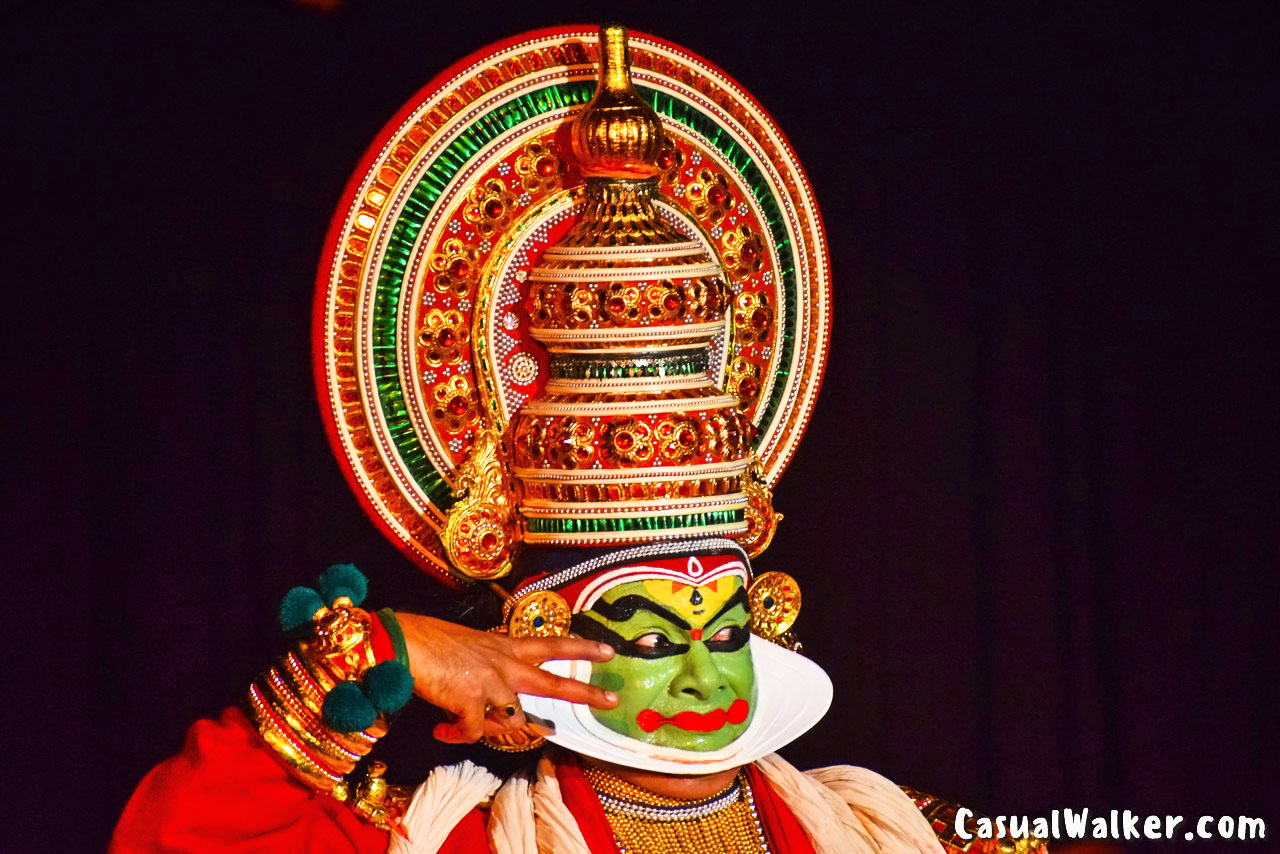
History of Kathakali
Kathakali involves angika, acharya, vichika, and satvika aspects of abhinaya, along with Nritya and Natya components.
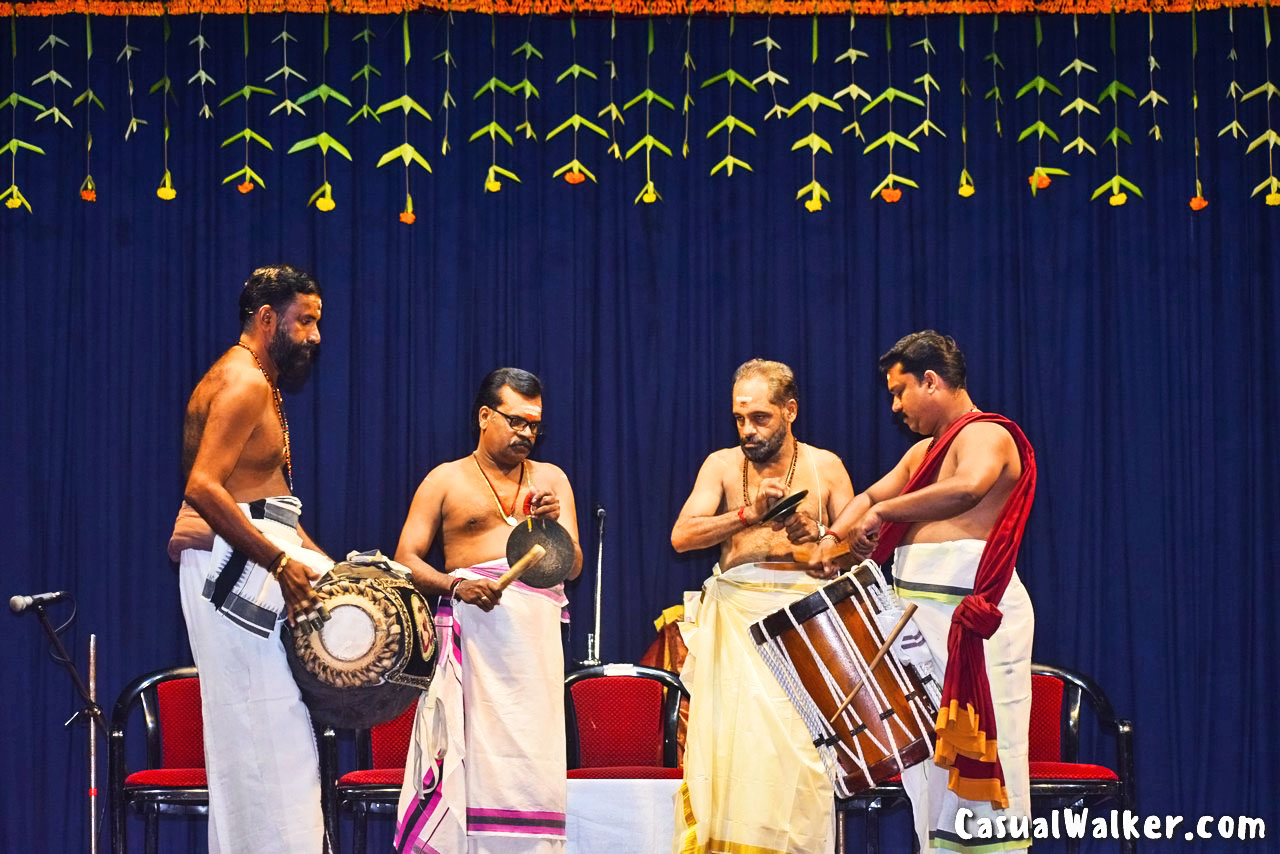
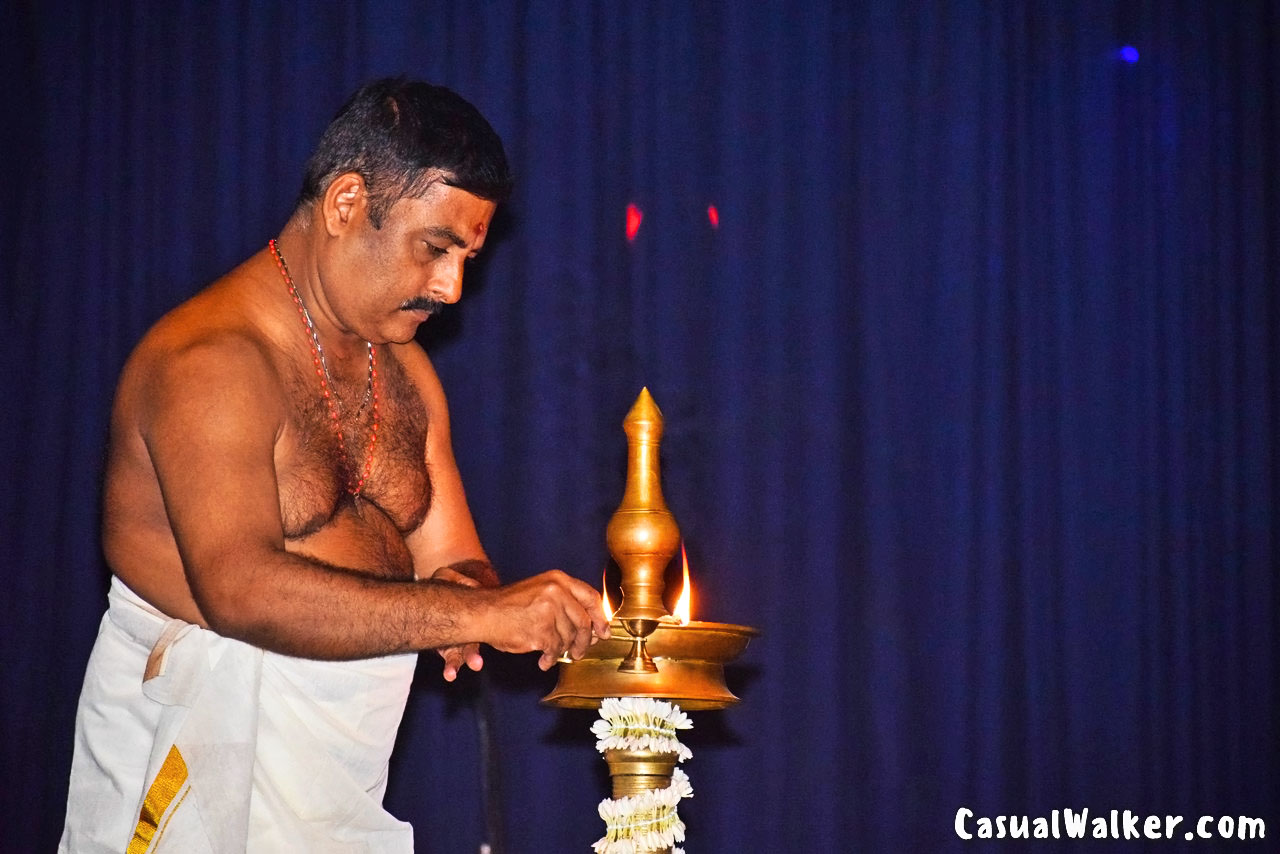
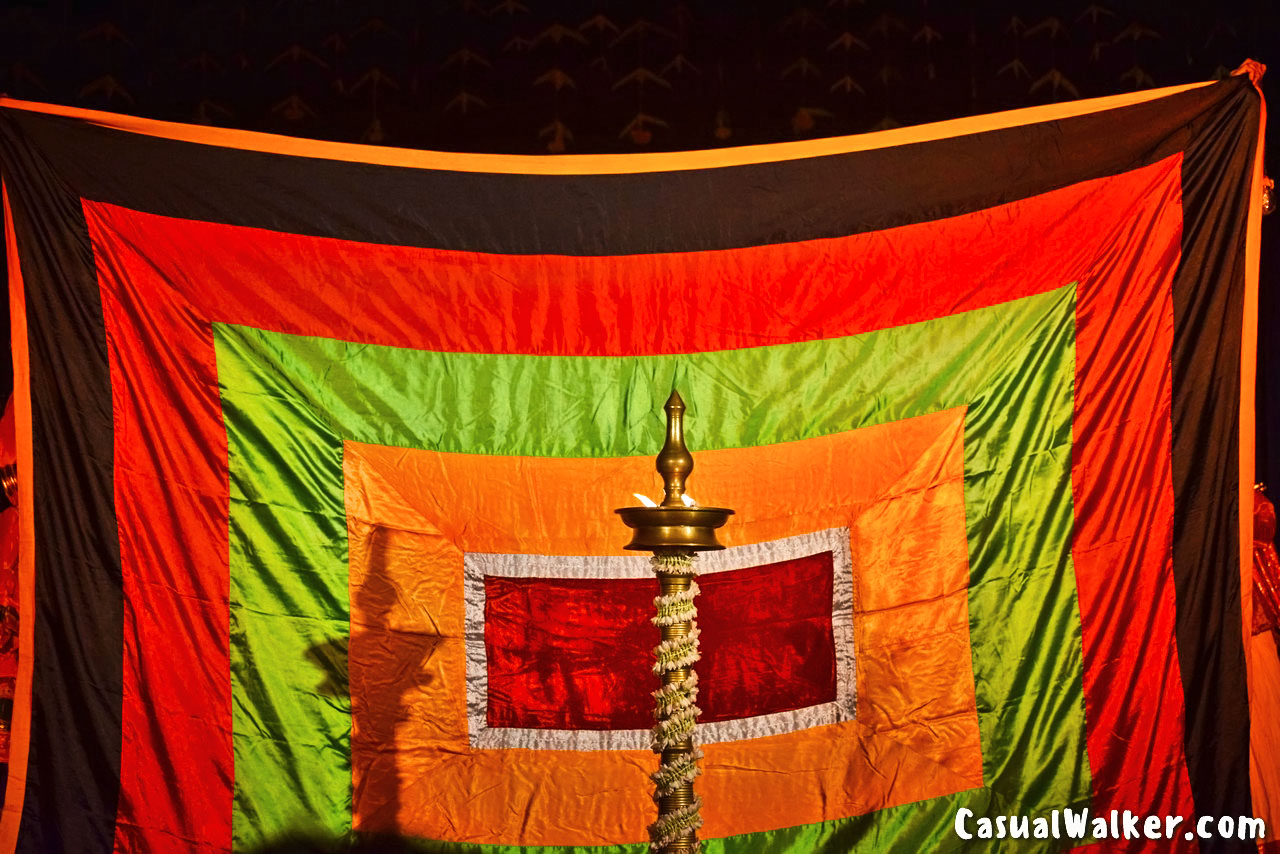
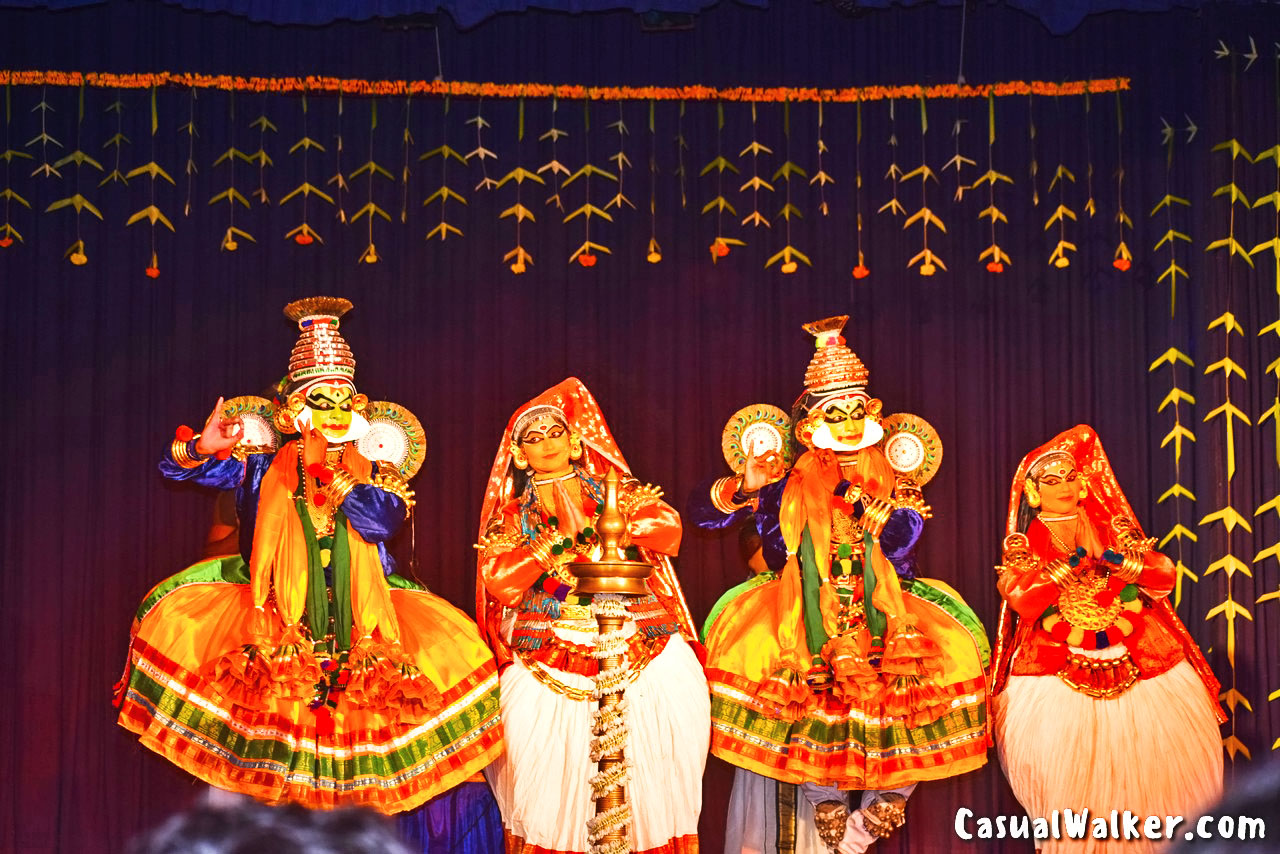
Kathakali Costumes
In Kathakali, elaborate makeup, costumes, face masks, and vividly painted faces are integral. The characters in Kathakali convey the story through background songs, as they don’t speak. This highlights the significance of Kathakali music, with its lyrical text known as Attakkatha sahithyam. Instruments like Chenda, Maddalam, Chengila, and Elaththalam accompany Kathakali performances.
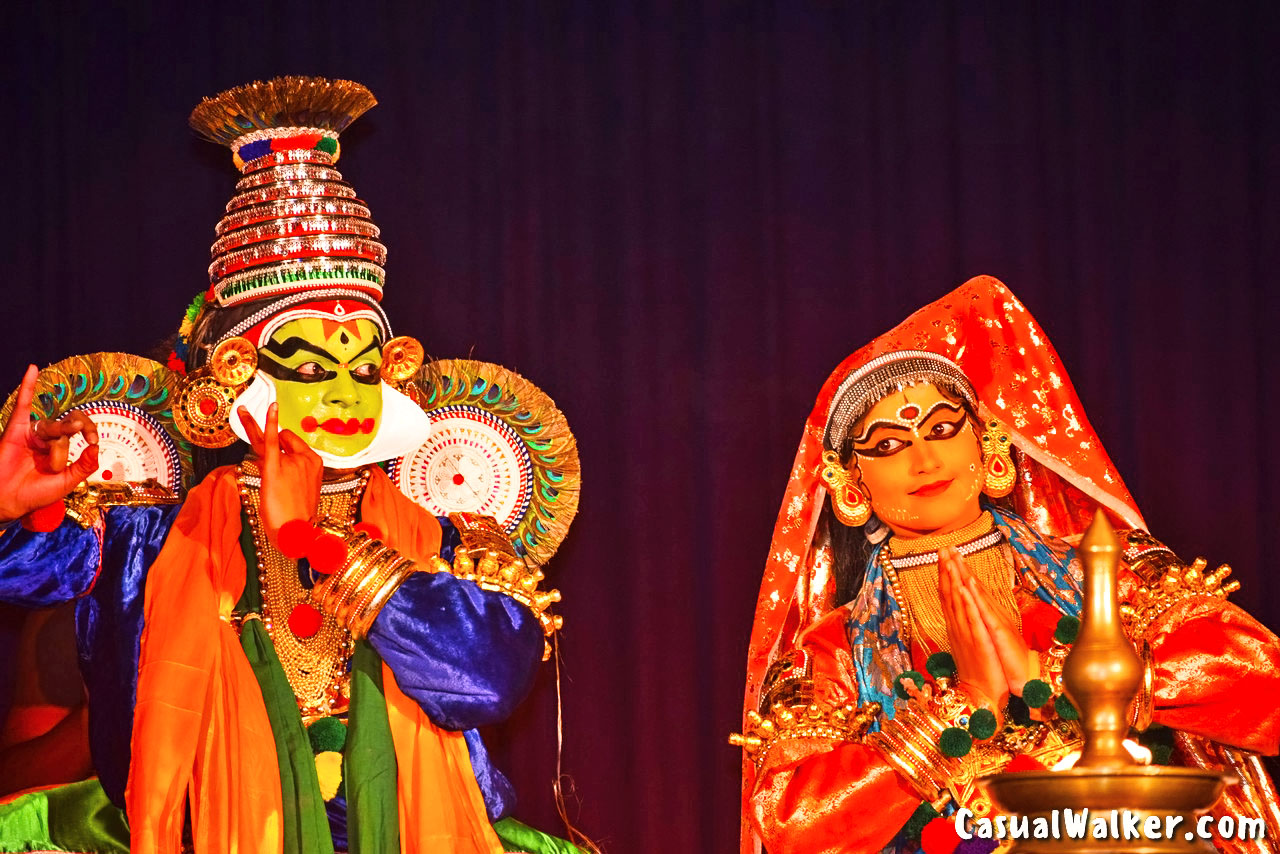
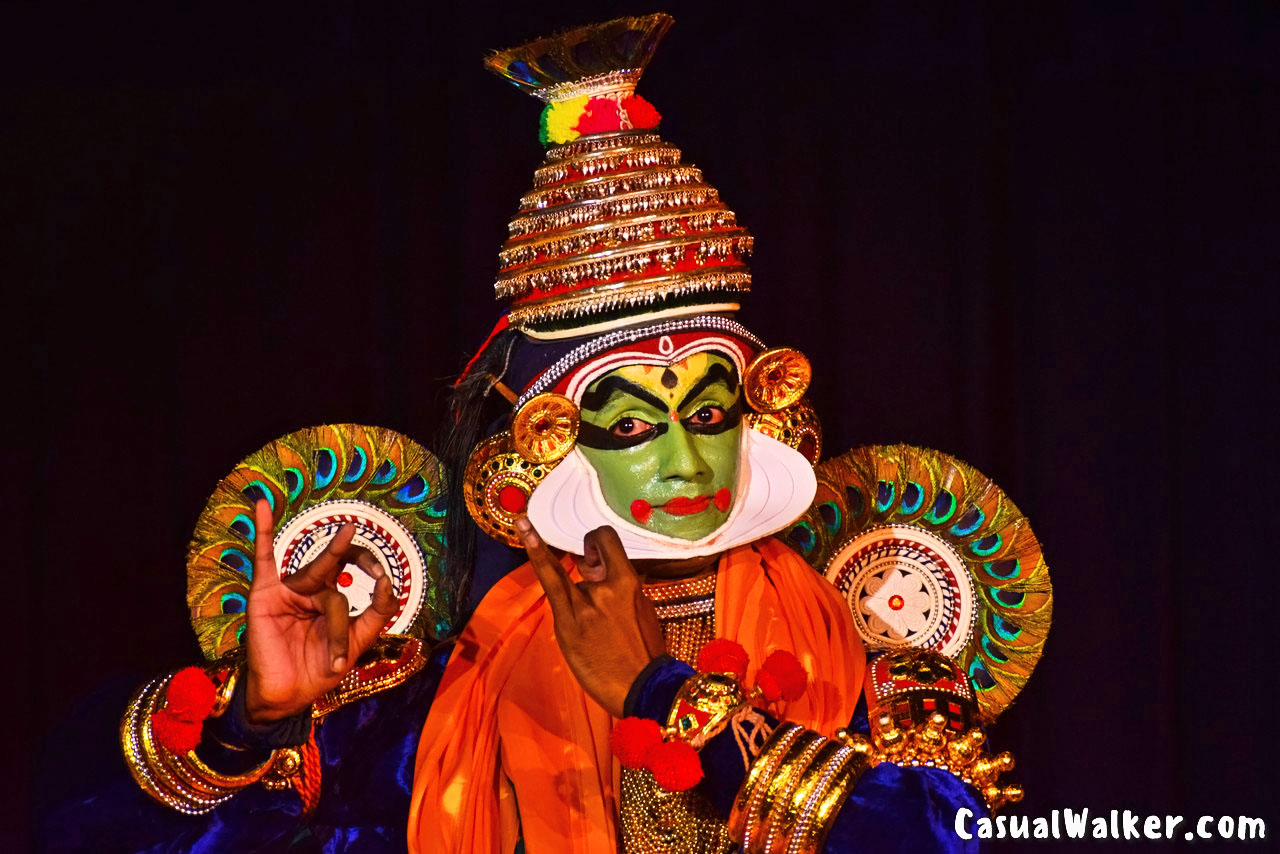
Kathakali Makeup
The costumes are elaborate, and faces are painted in vibrant colors. The Vesham, or makeup, comes in five types – Pacha, Kathi, Thadi, Kari, and Minukku. Kathakali’s grandeur owes much to its decor, including the kireetam (ornate headgear), kanchukam (oversized jackets), and long skirts worn over thick cushions. Artists fully immerse themselves and the audience in the stories they depict.
Pacha – Green
Pacha Vesham represents noble protagonists.
Kathi – Knife
Kathi Vesham depicts villainous characters.
Thadi – Beard
Thadi Vesham comes in three types: VellaThadi (Whitebeard) for superhuman monkeys like Hanuman, ChuvannaThadi (Red beard) for evil characters, and KaruthaThadi (Black beard) for hunters.
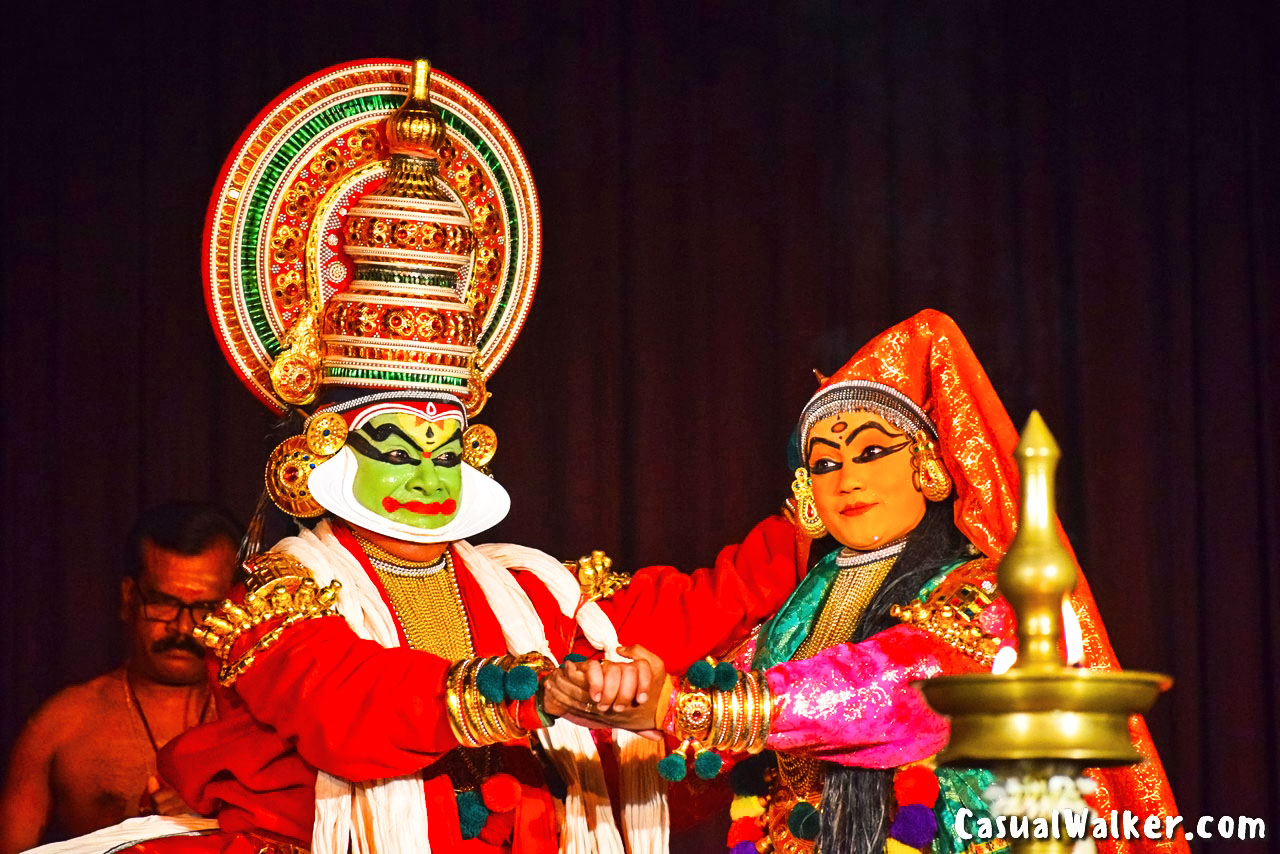
Kari – Black
Kari Vesham is used for she-demons.
Minukku – Prettying Up
Minukku Vesham is for female characters and sages.
Mudra
Mudra, a stylized sign language, expresses ideas, situations, or states of being in Kathakali. Actors convey meaning through mudras following a systematic sign language based on Hastalakshana Deepika, a treatise on hand gestures.
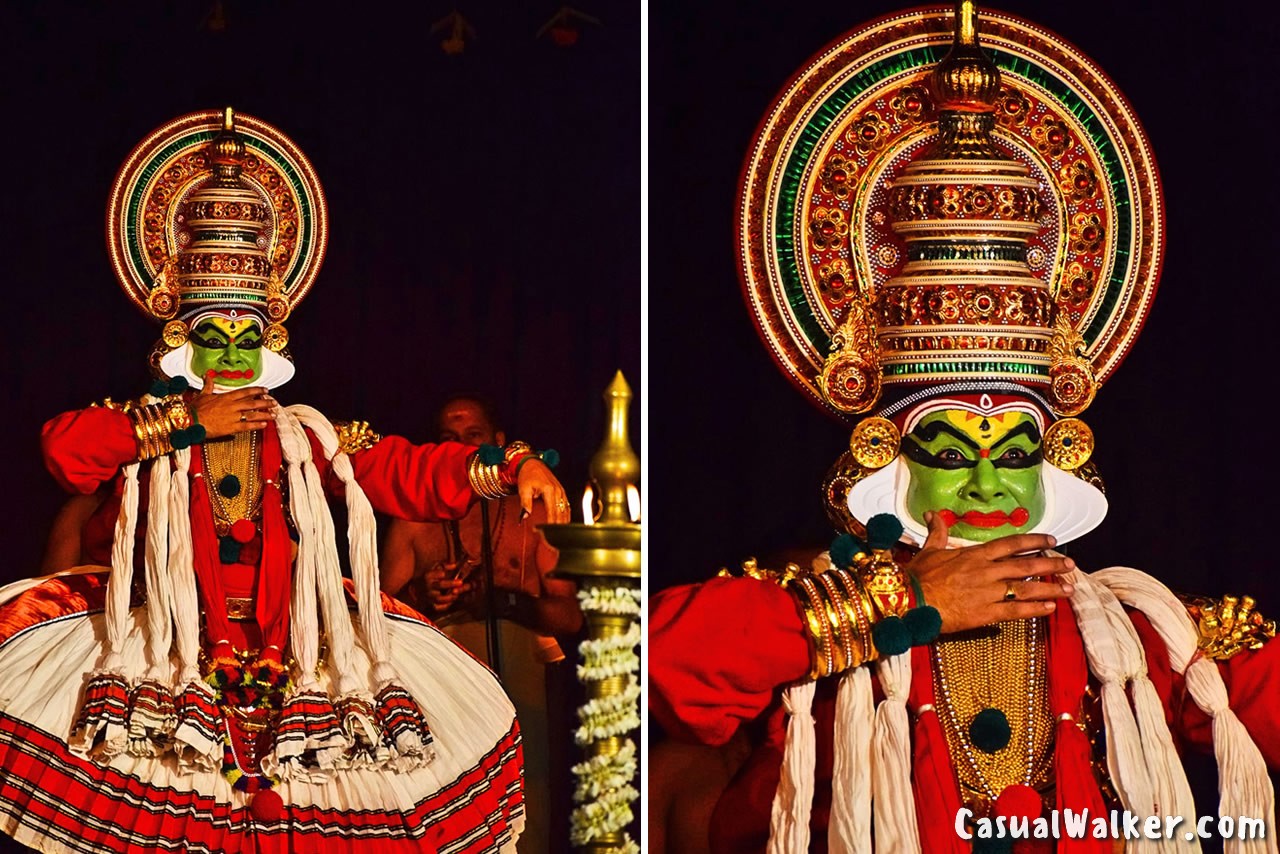
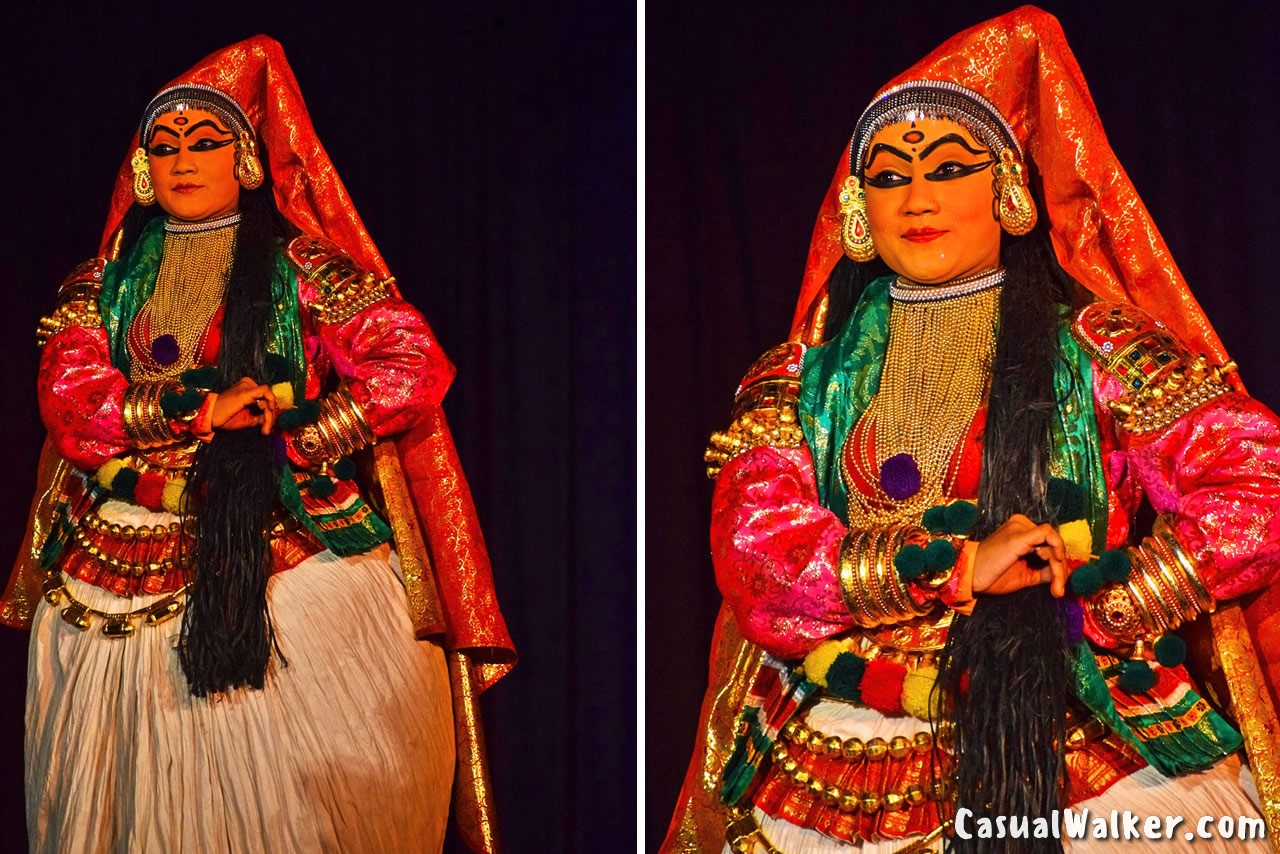
Kathakali Instruments and Music
During a Kathakali dance performance, you’ll hear a variety of instruments, including three types of drums: the ‘Idakka,’ ‘Chenda,’ and ‘Maddalam.’
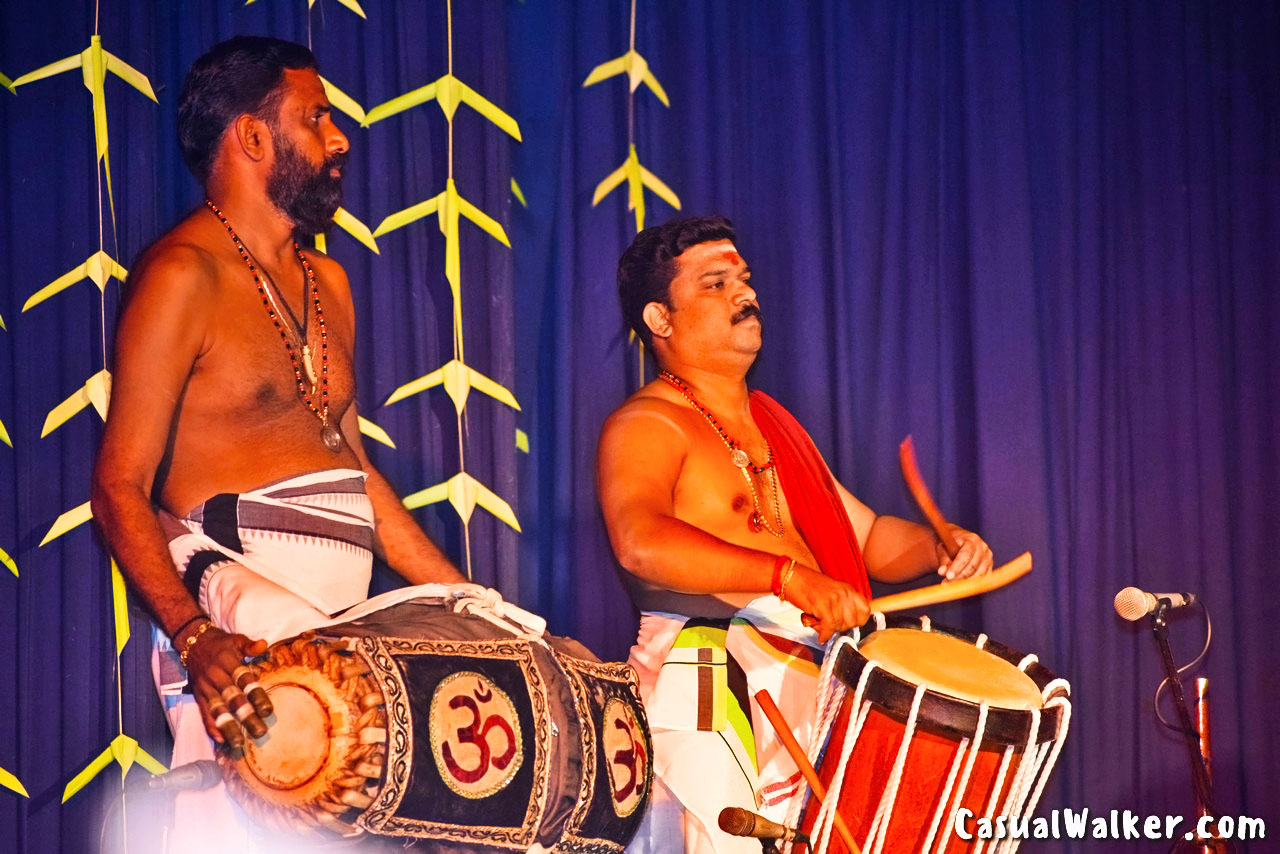
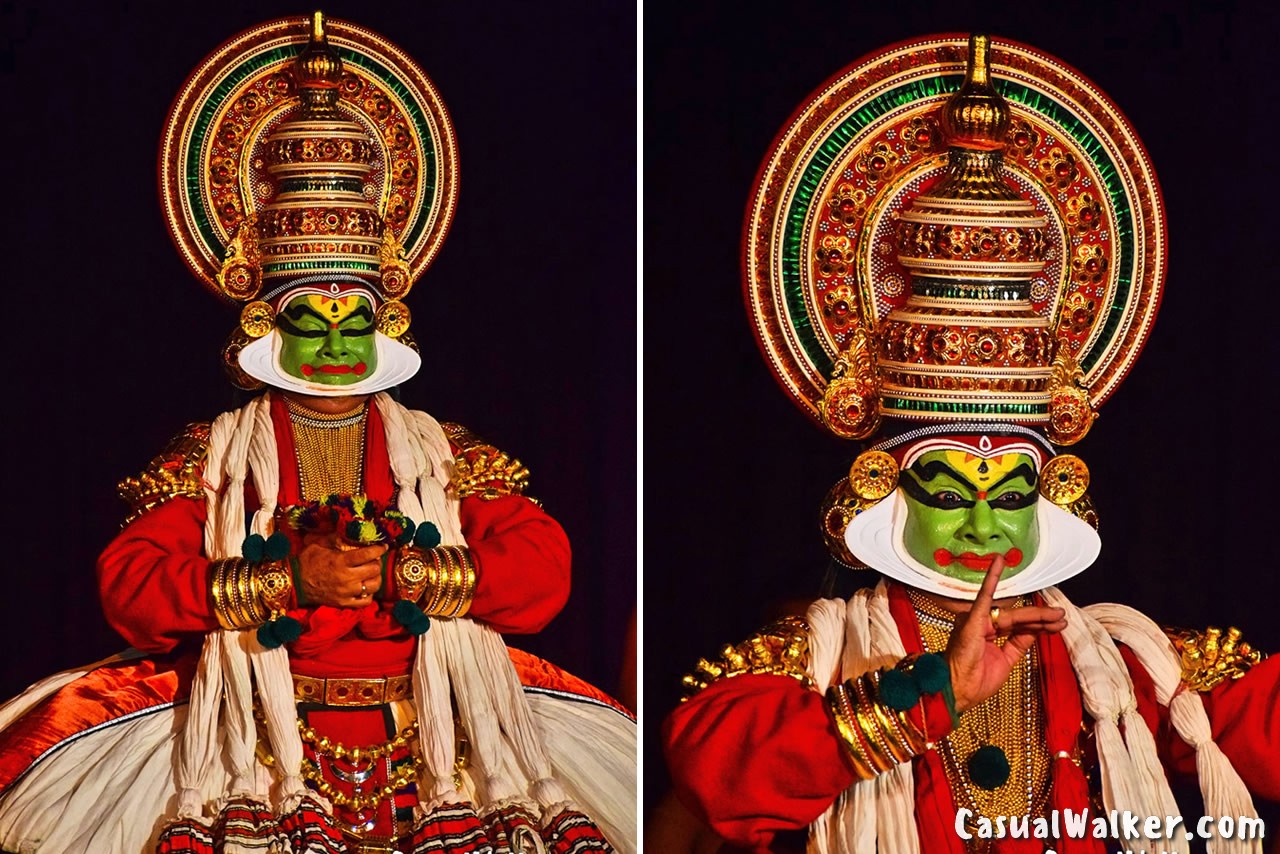
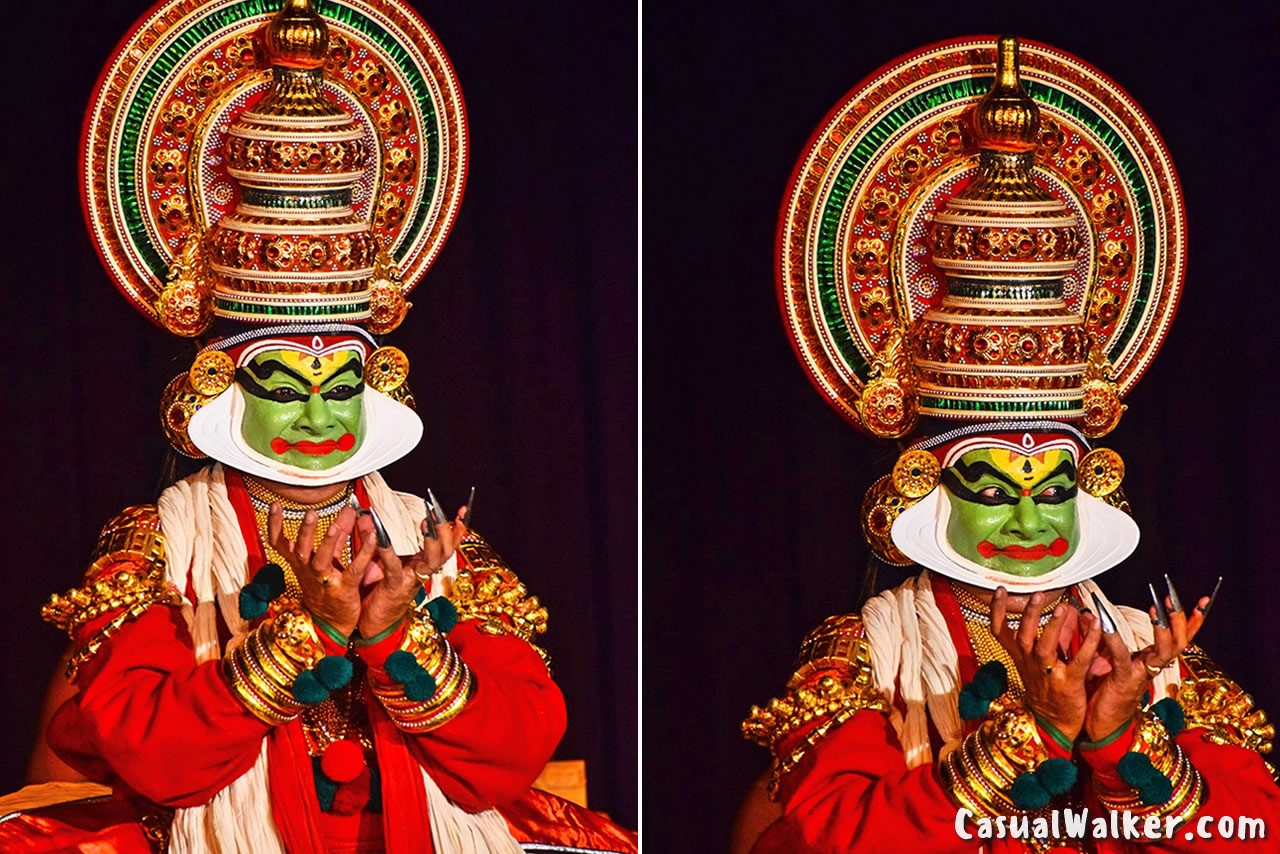
Kalyanasougandhikam by Kalakshetra Foundation
Kalyanasougandhikam is a renowned Kathakali play performed by the world-famous Kalakshetra Foundation, known for its captivating blend of elements that showcase the essence of Kathakali classicism.
The Kalyanasougandhikam – Kathakali performance by Kalakshetra Foundation students was a mesmerizing showcase of talent and dedication. The students exhibited exceptional skill in portraying the intricate characters and stories of this traditional art form. With precise movements, expressive facial gestures, and powerful emotions, they transported the audience into the vibrant world of Kathakali. The rich music and rhythmic drumming enhanced the atmosphere, adding depth to each scene. Overall, it was a captivating performance that left a lasting impression, showcasing the students’ mastery of this ancient dance drama.
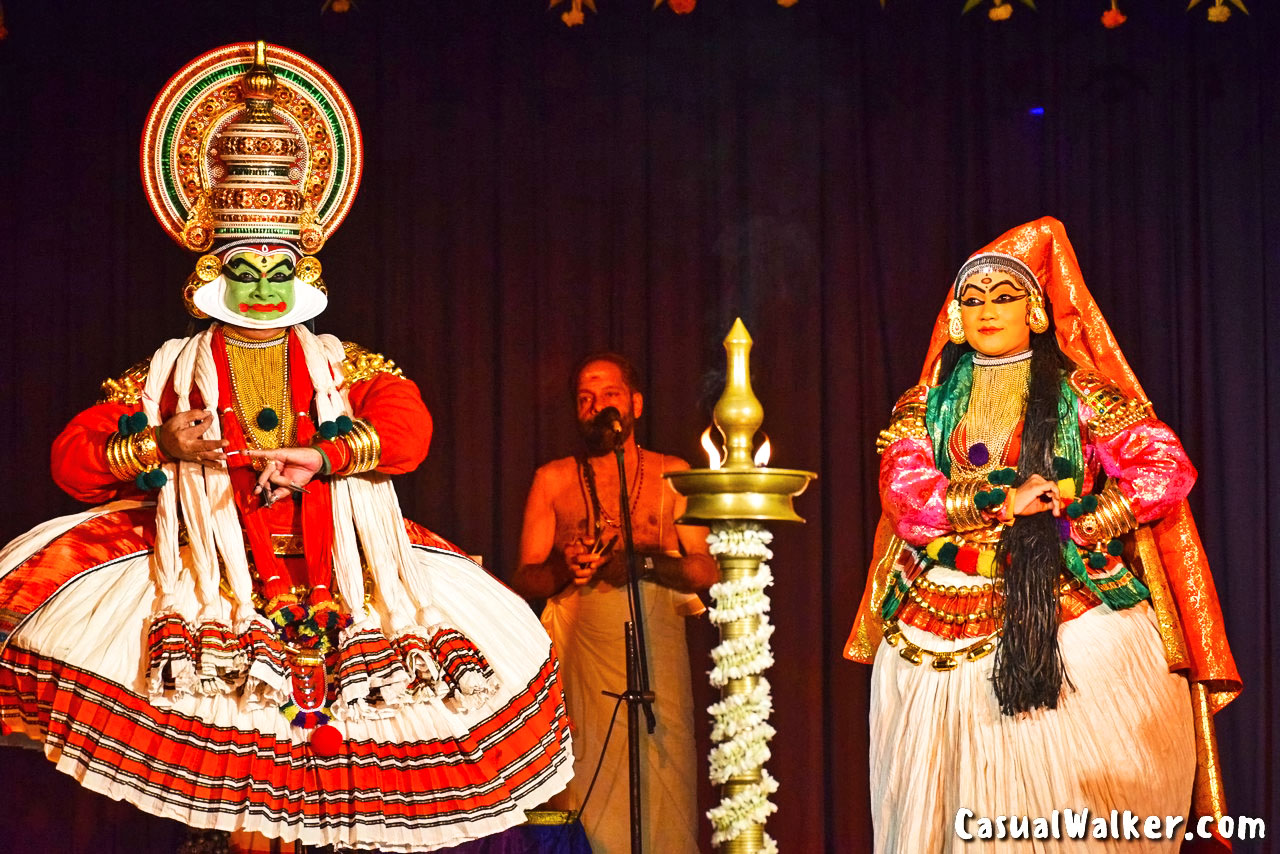
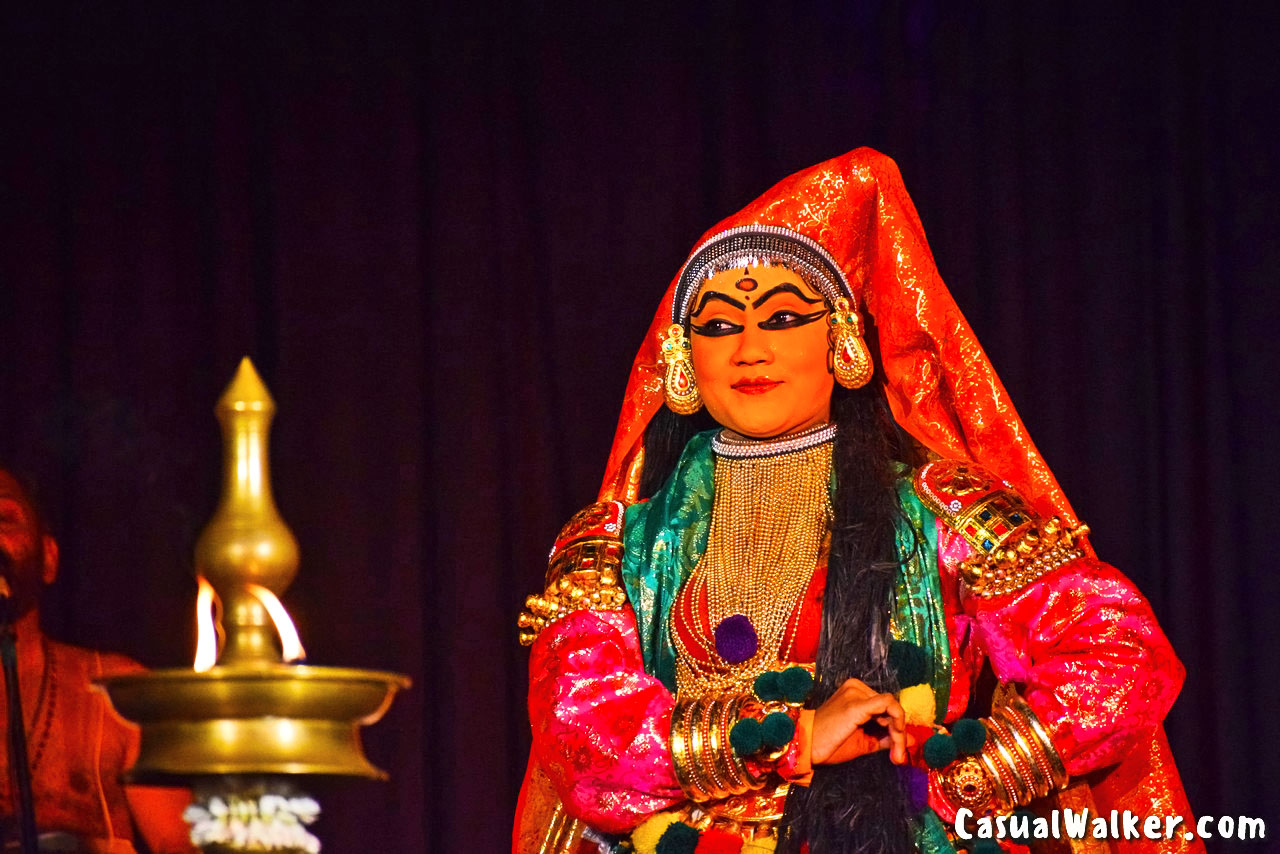
Penned by Kottayathu Thampuran in the eighteenth century, it draws from the Mahabharata, narrating an episode from the exile of the Pandava princes. Notably, it boasts rich Sanskrit-laden literature and features both slow and fast-paced dances, intricate plot twists, and vibrant background scores.
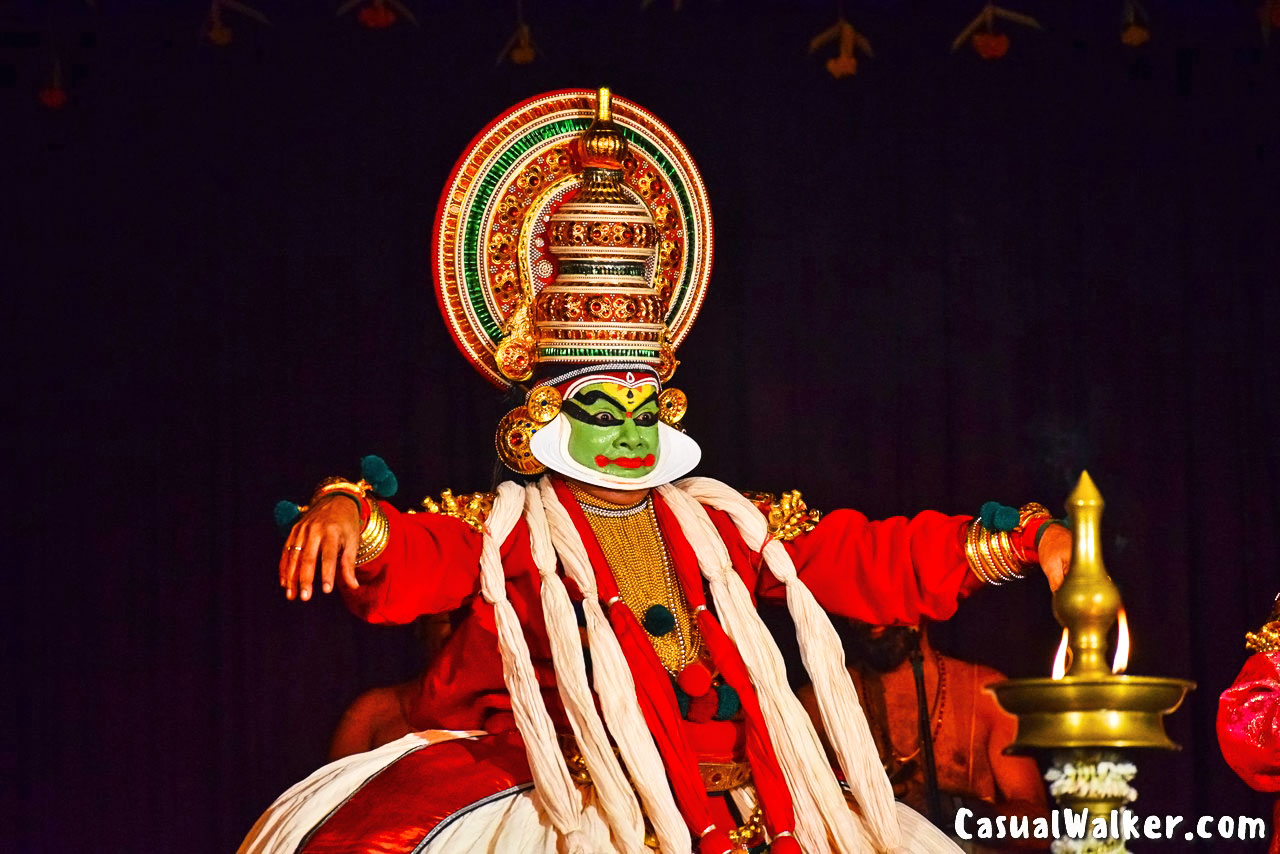
Kalyanasougandhikam Story – Bhima’s search for the rare extraordinary fragrance flower Kalyanasougandhikam for Draupadi
During their time in the forest, the Pandavas faced numerous challenges and adventures, one of which is the tale of Kalyana Saungandhika, a favorite among performers of the traditional art form, Kathakali.
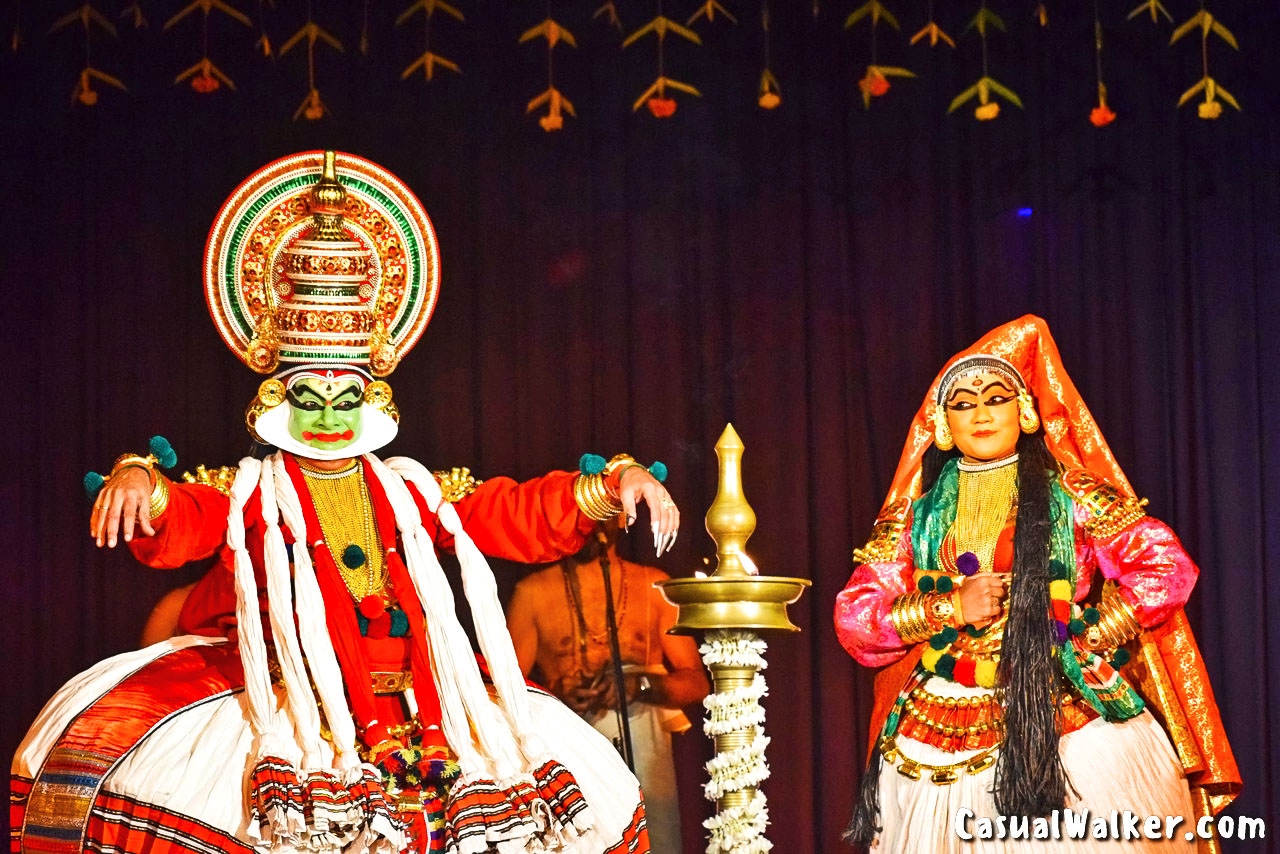
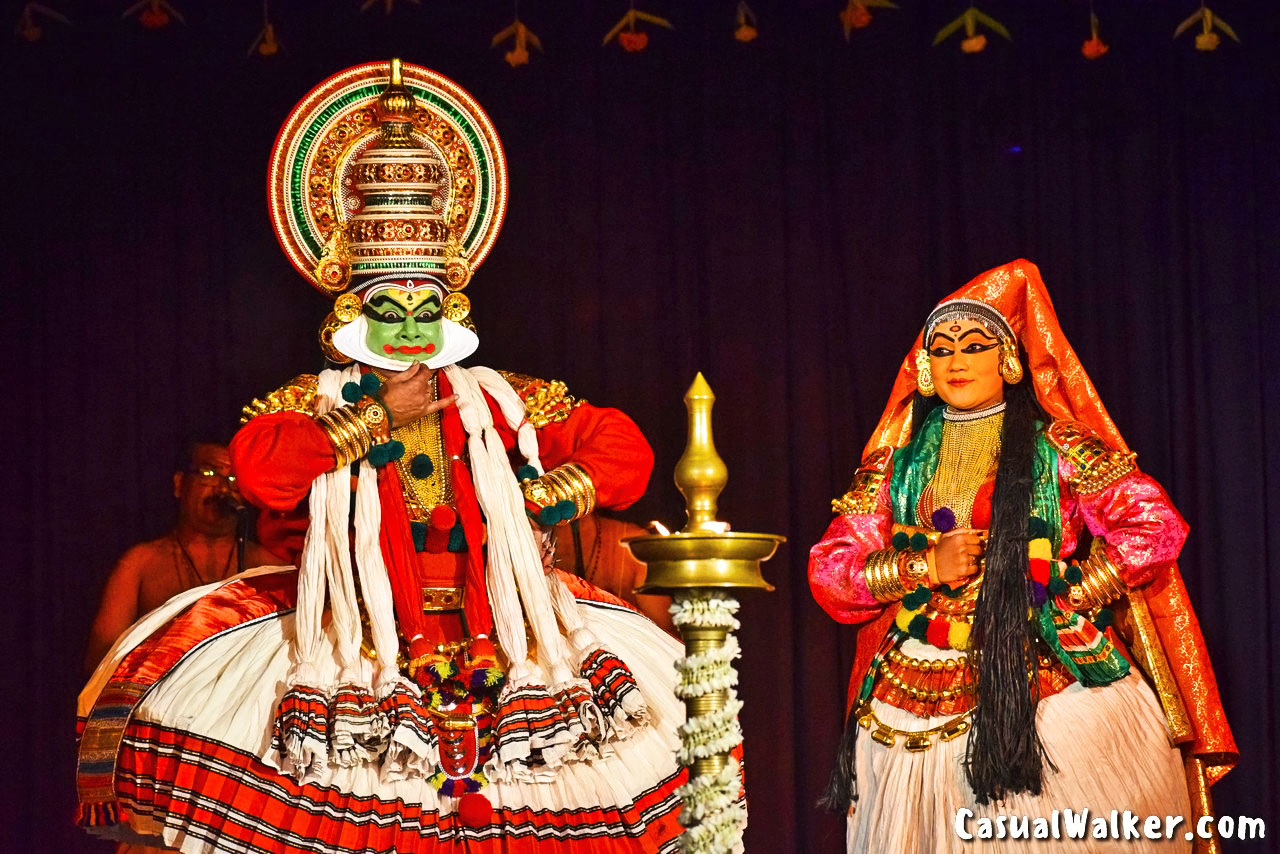
One day, while Bhima and Draupadi were wandering in the forest, they encountered a captivating scent. It led them to the elusive Kalyana Saungandhikam flower, which only grew in the deepest part of the woods. Enchanted by its fragrance, Draupadi insisted that Bhima fetch it for her, despite the perilous journey it entailed.
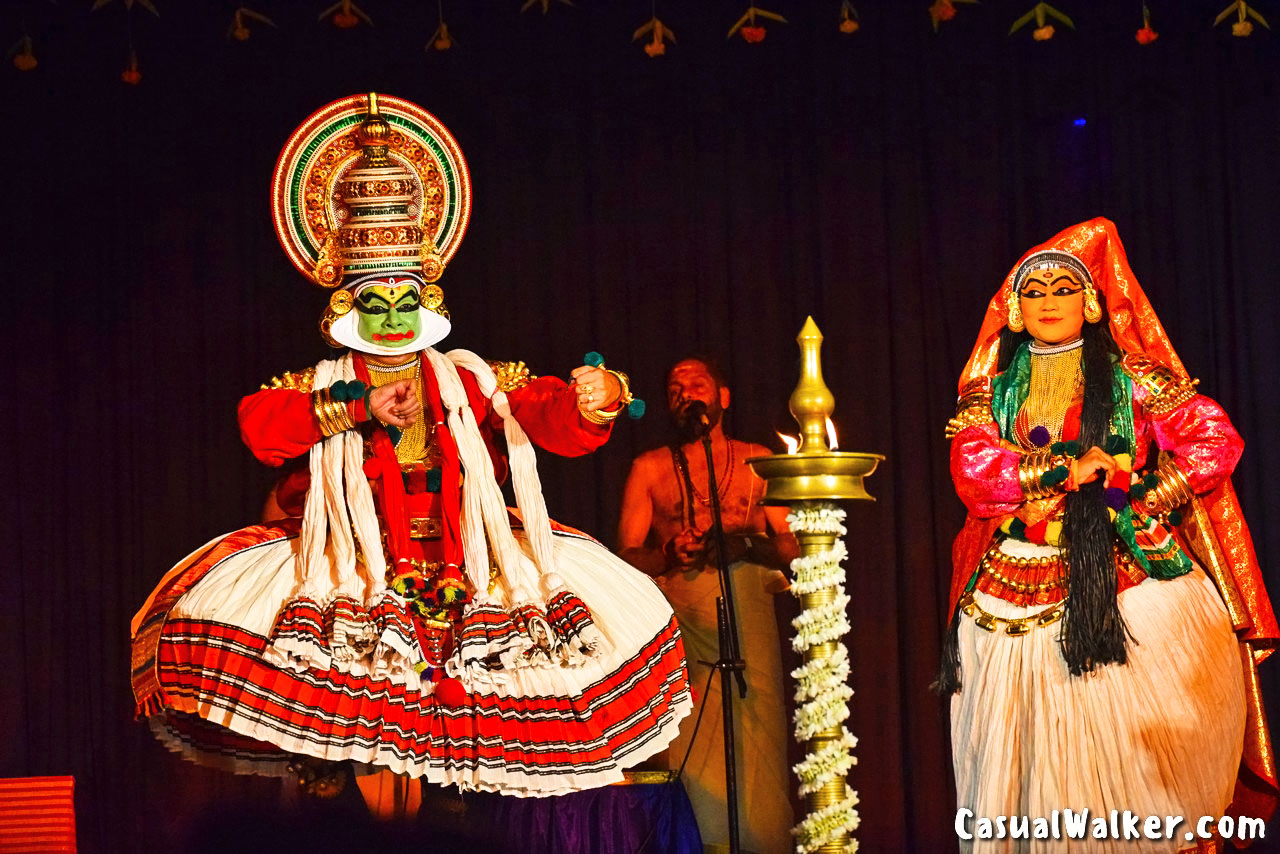
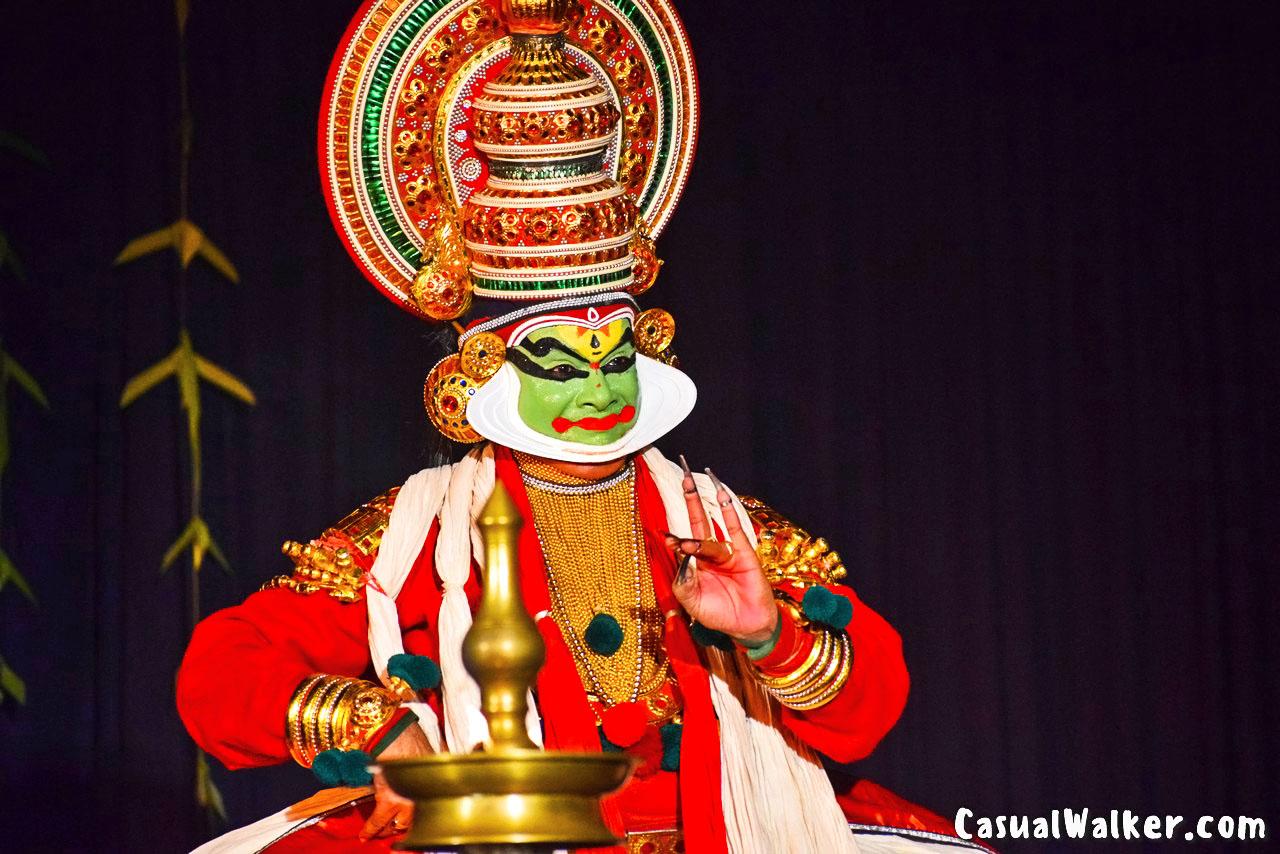
Bhima embarked on the daunting quest, facing numerous obstacles along the way. At one point, he encountered an old monkey blocking his path. Despite Bhima’s attempts to move him, the monkey remained unmoved, revealing himself to be none other than Lord Hanuman, the divine monkey. Lord Hanuman and Bhima are the sons of Lord Vayu and hence brothers.
Realizing the lesson behind the encounter, Bhima humbly accepted his brotherhood with Hanuman and with his blessings, retrieved the flower for Draupadi.
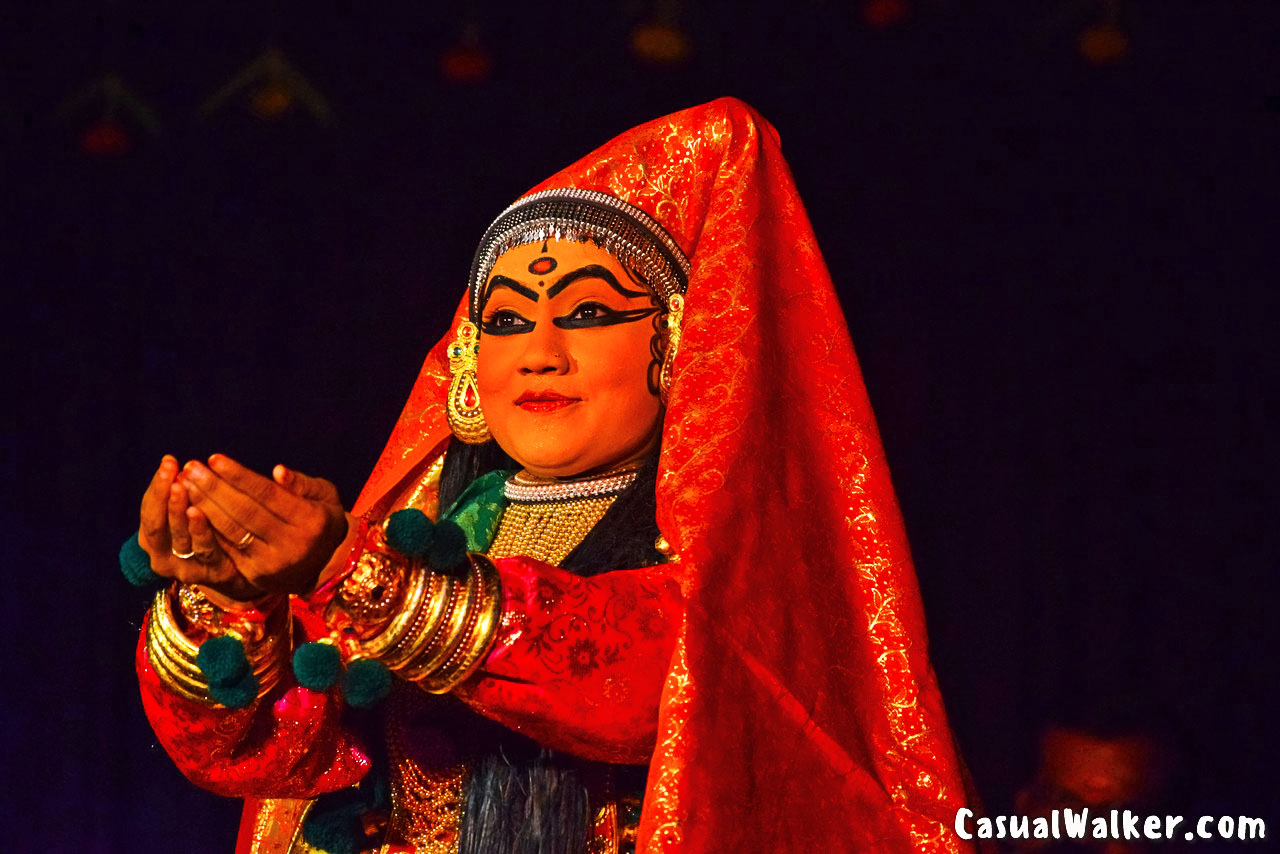
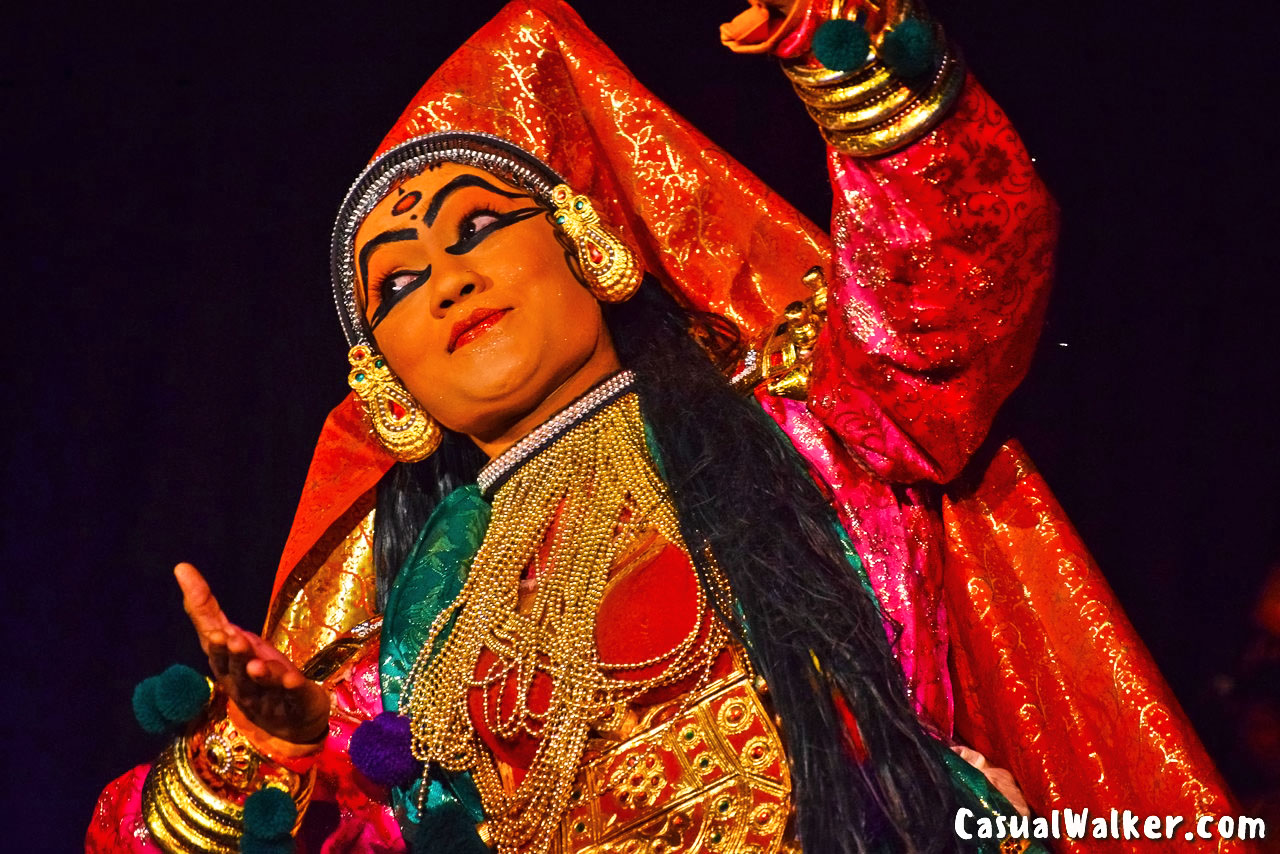
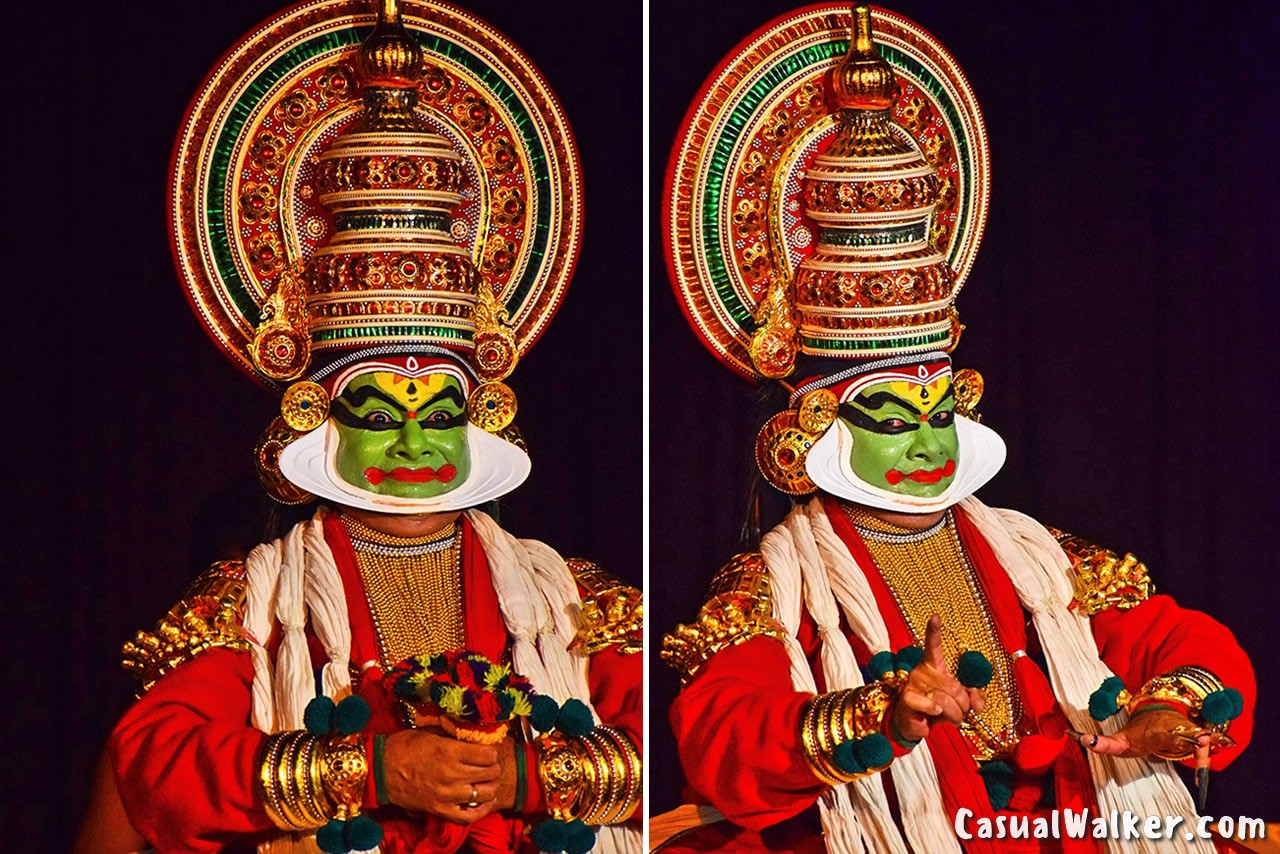
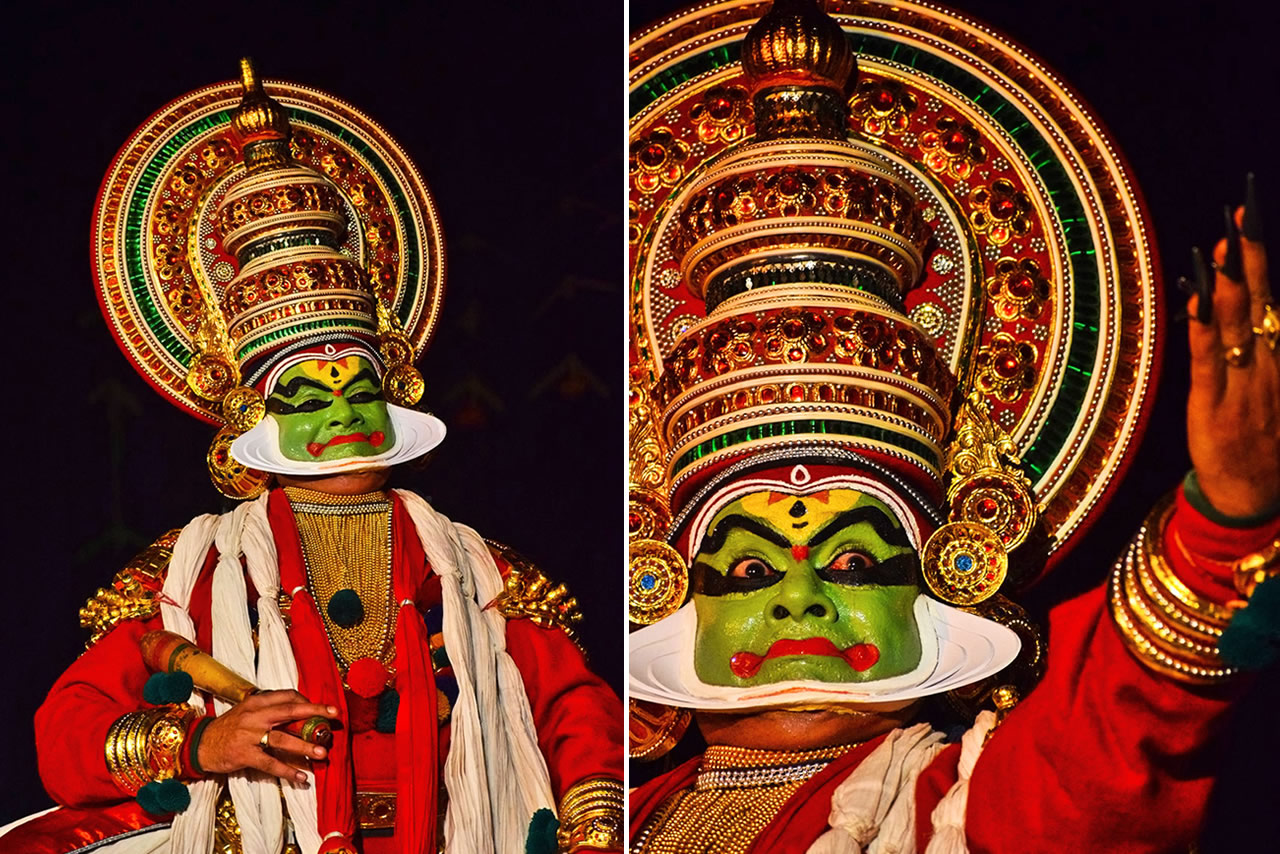
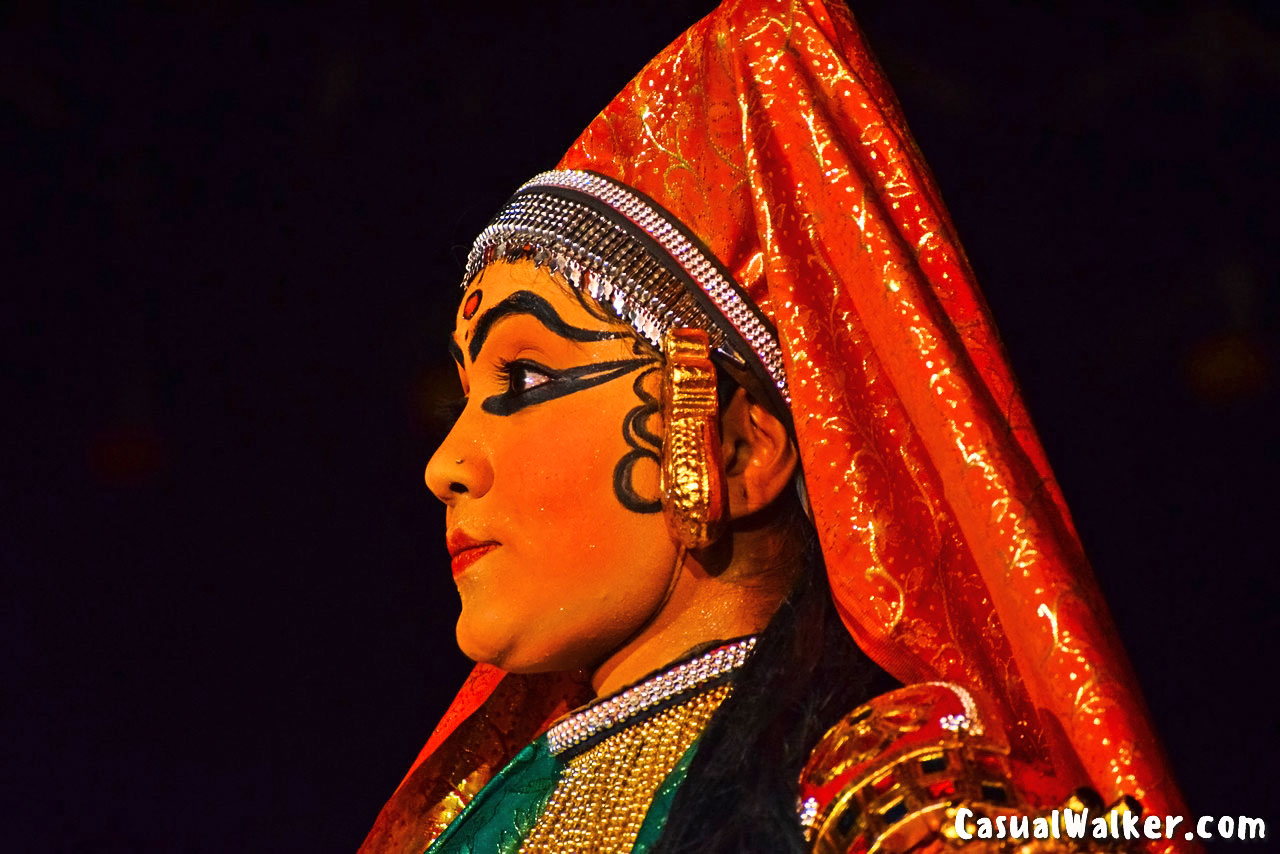
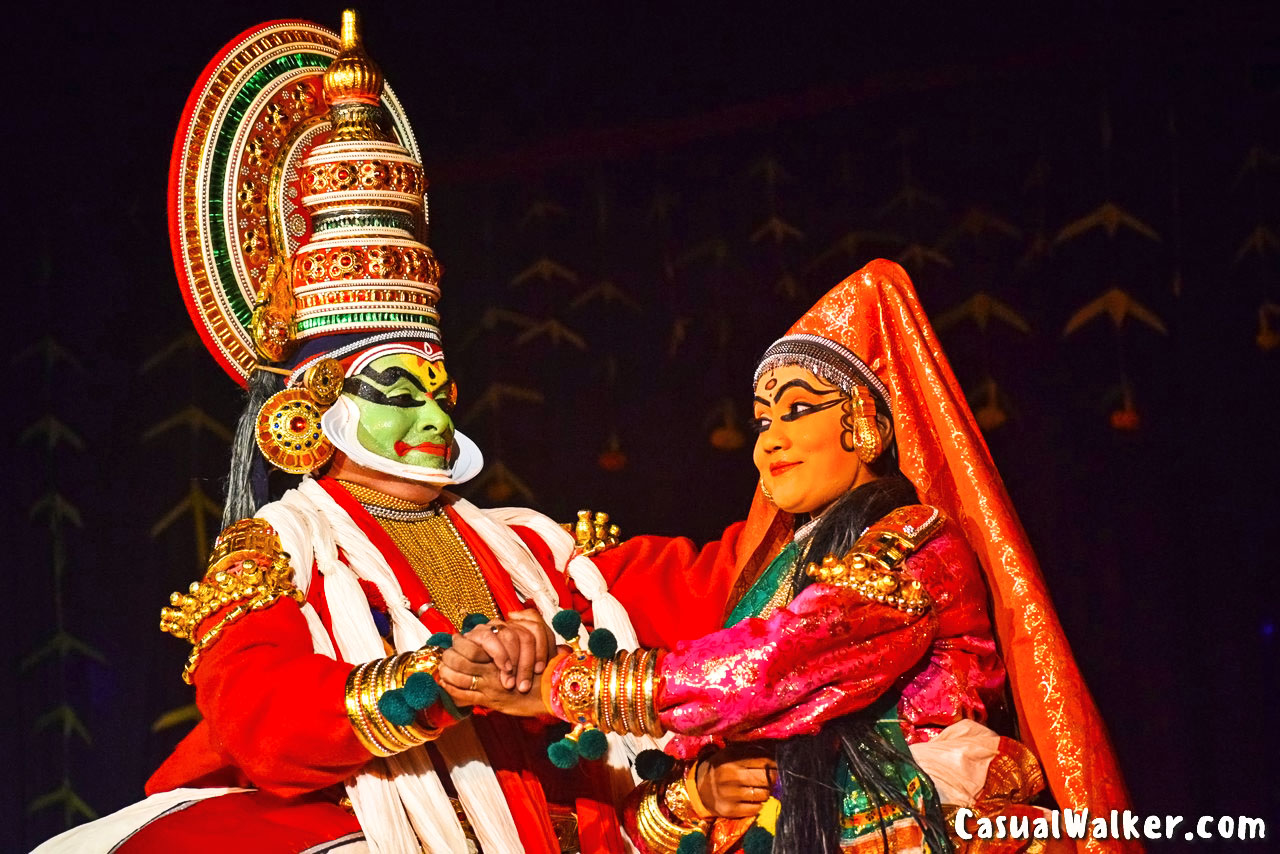
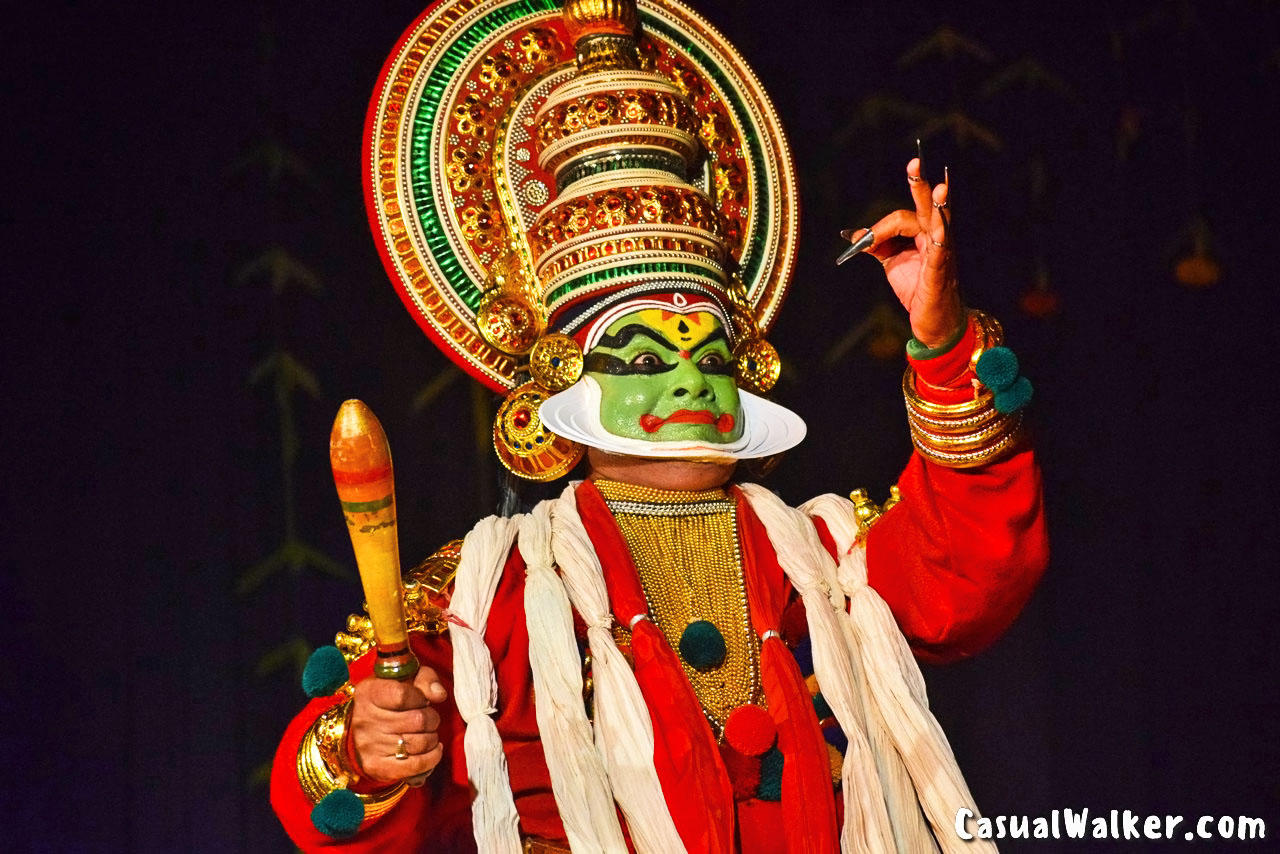
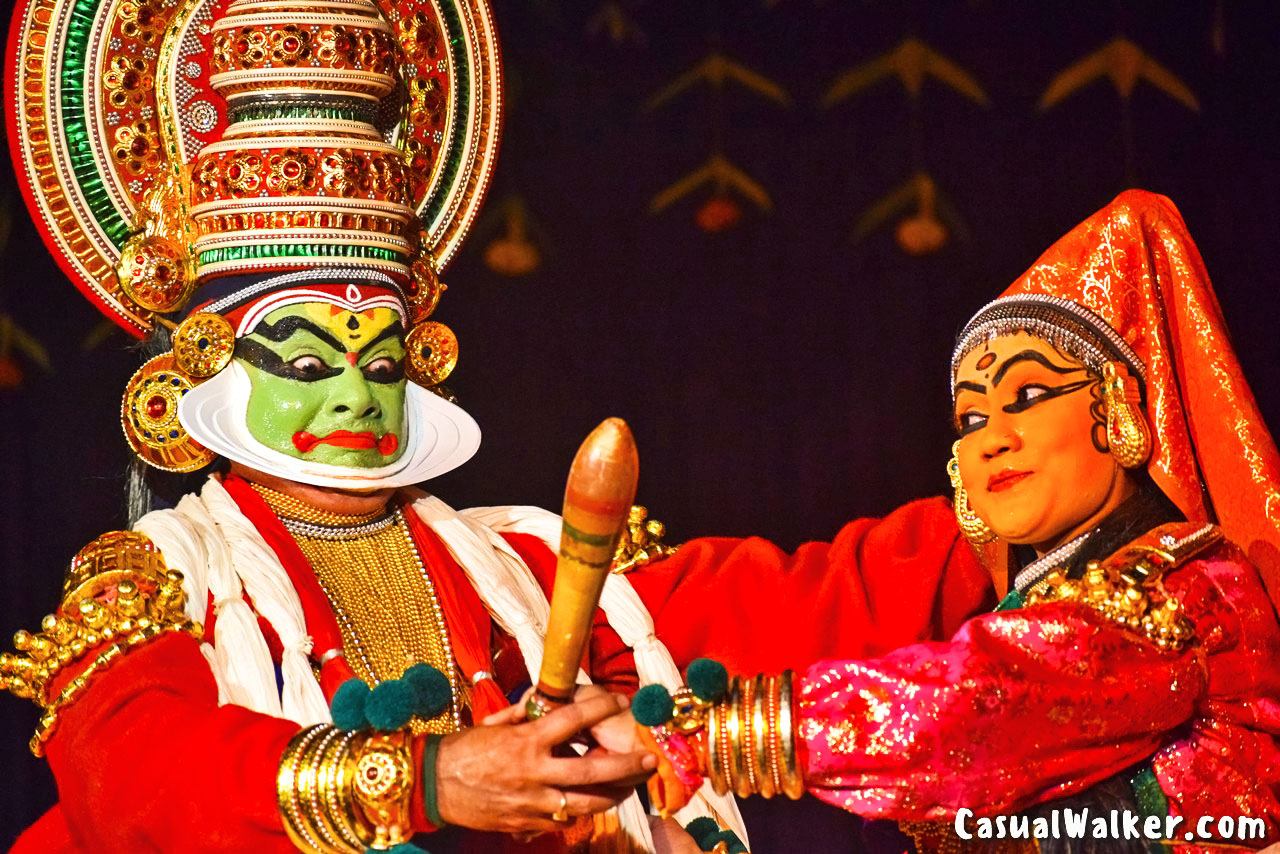
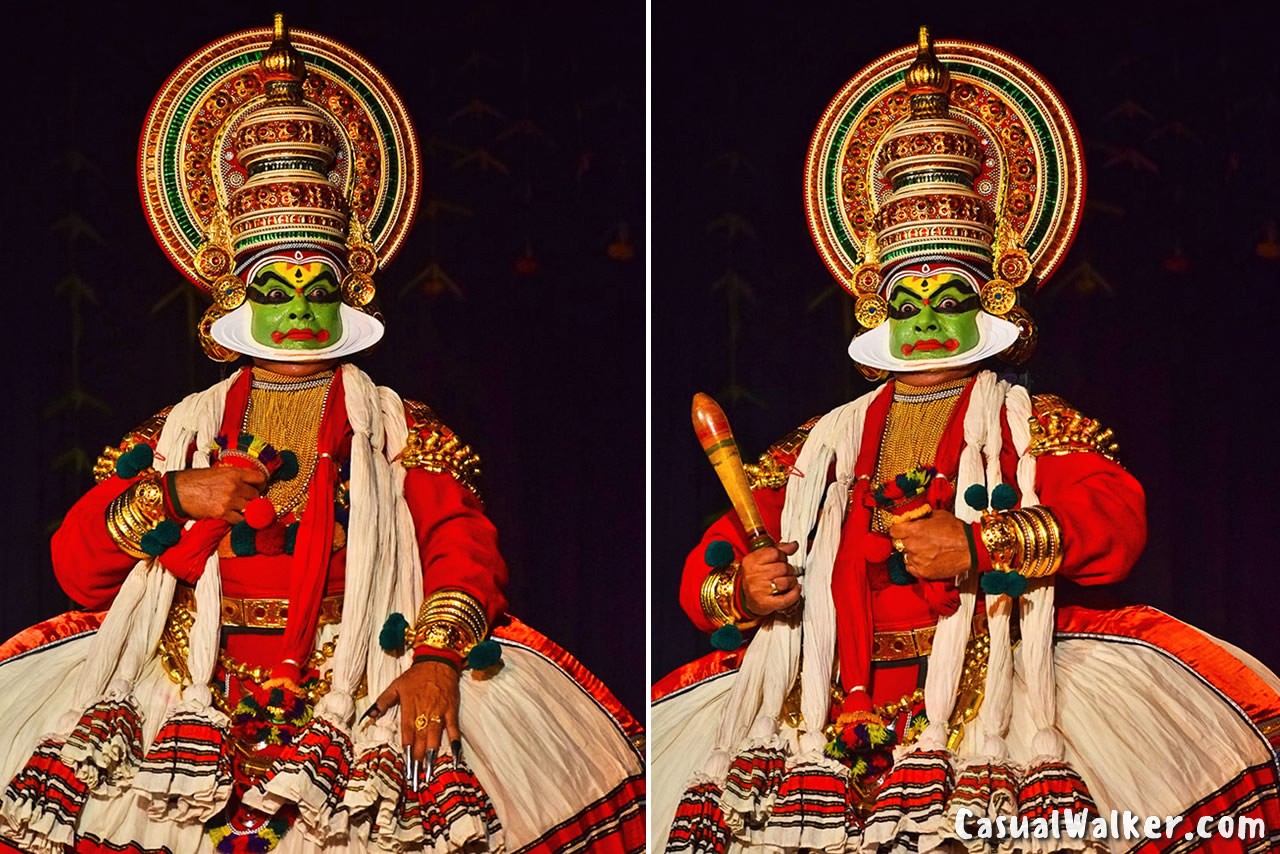
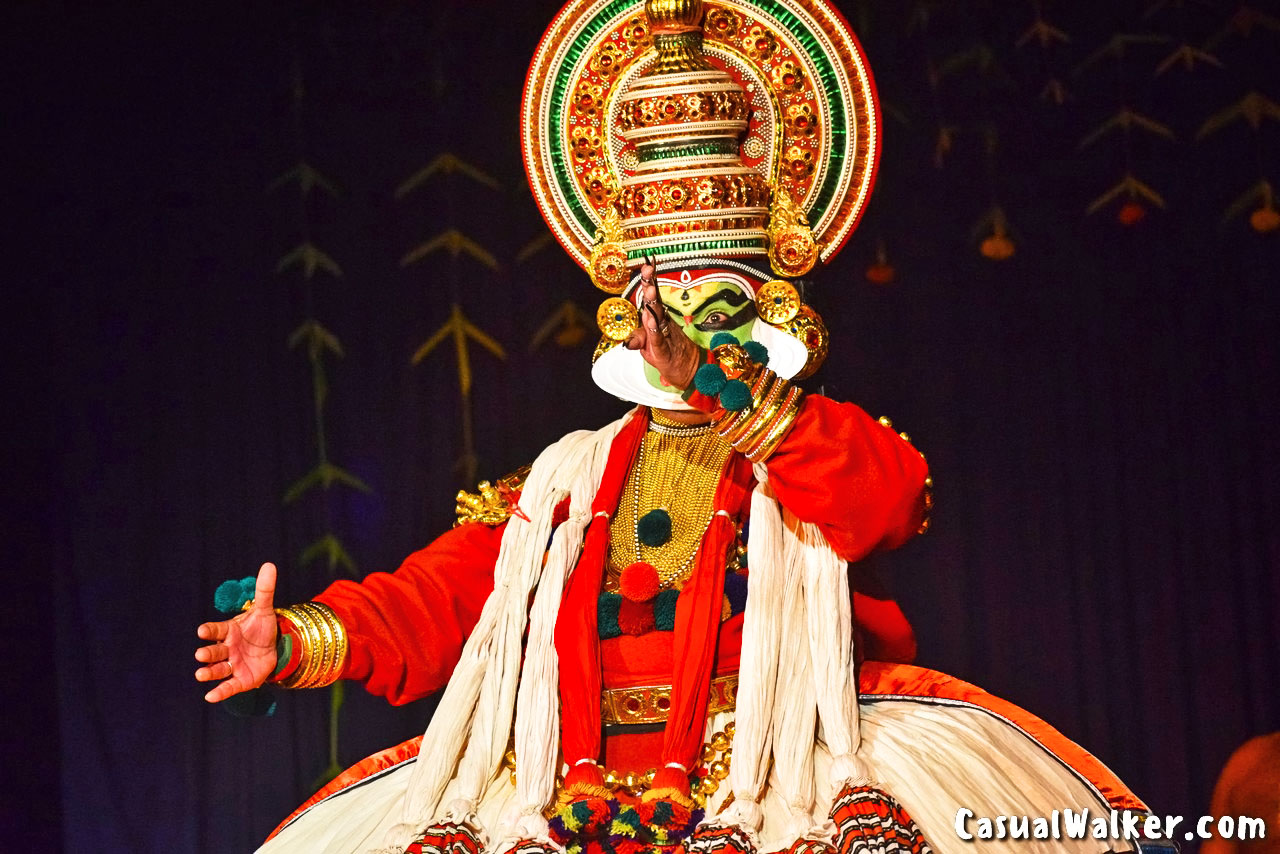
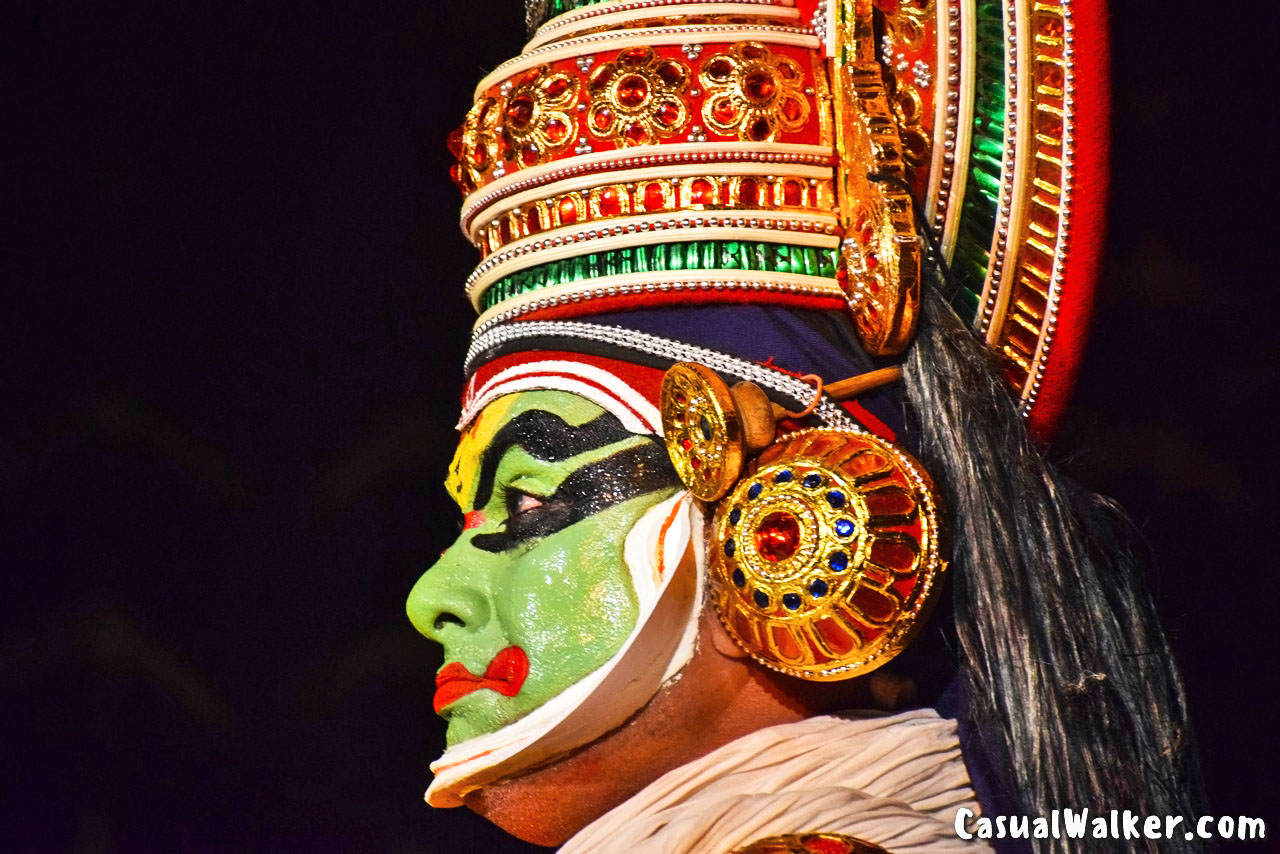
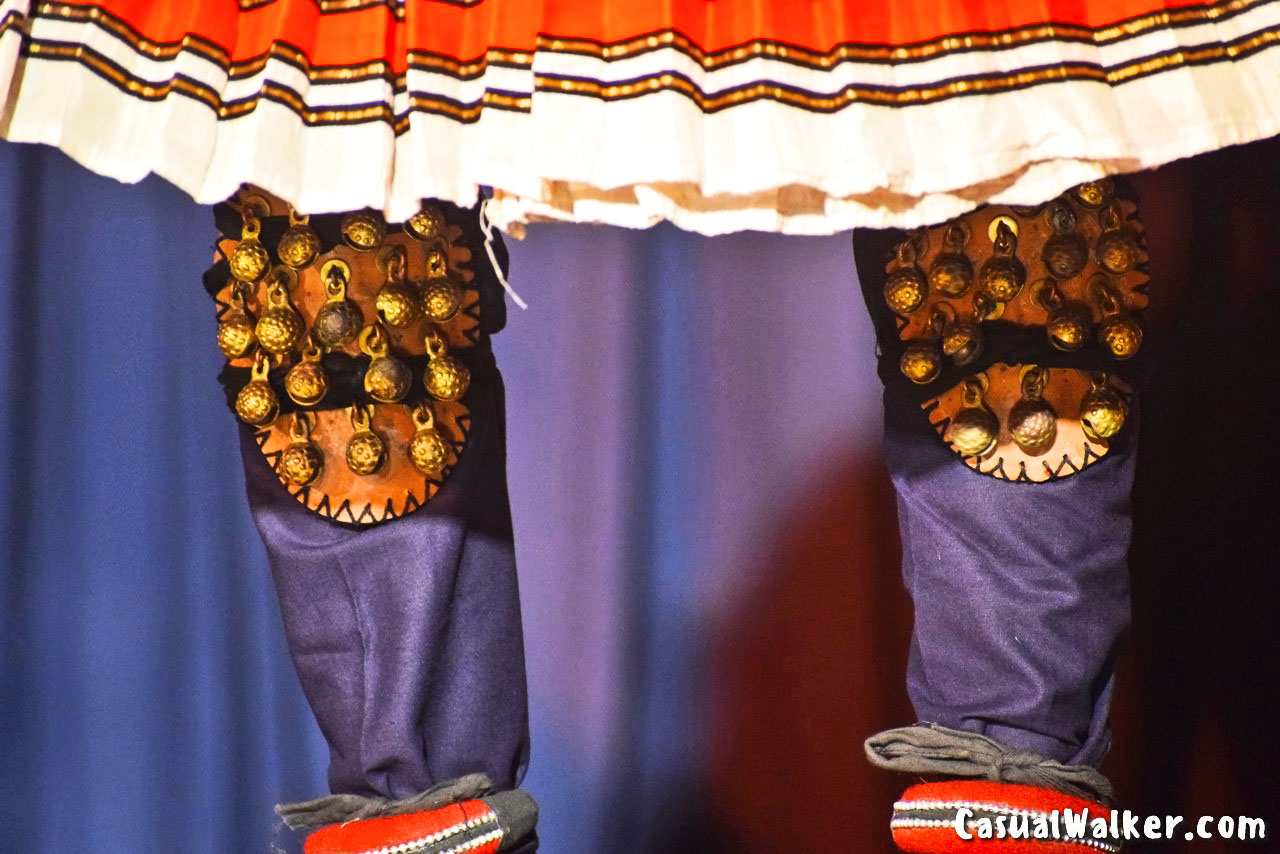
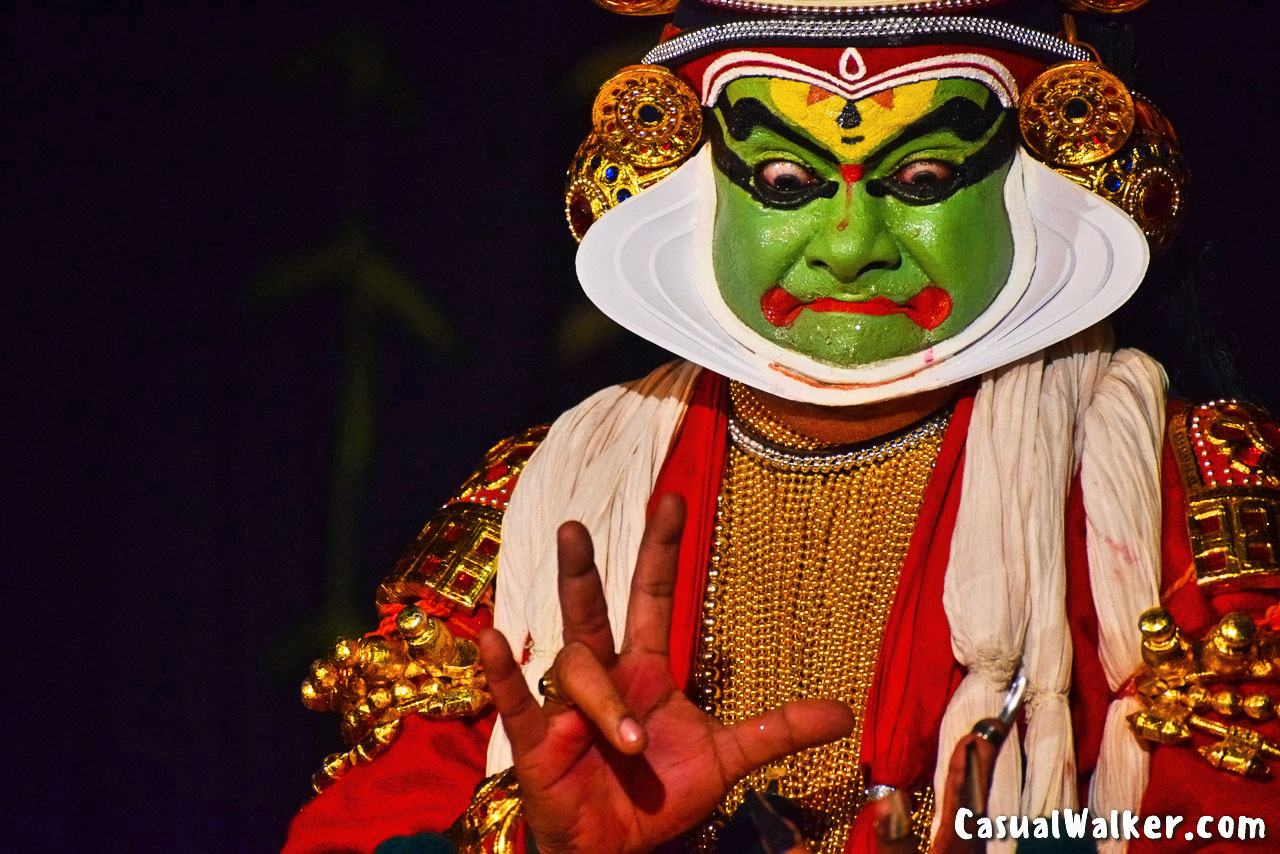
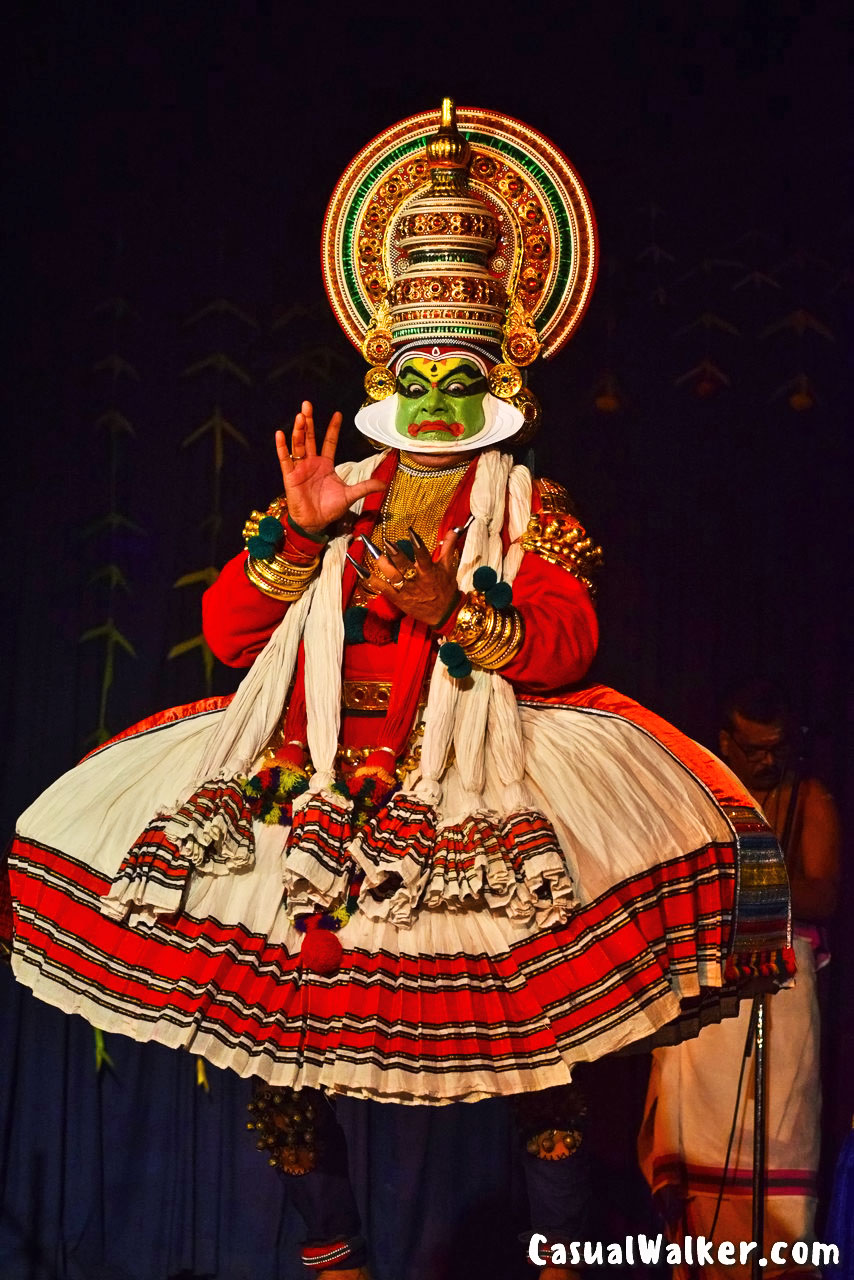
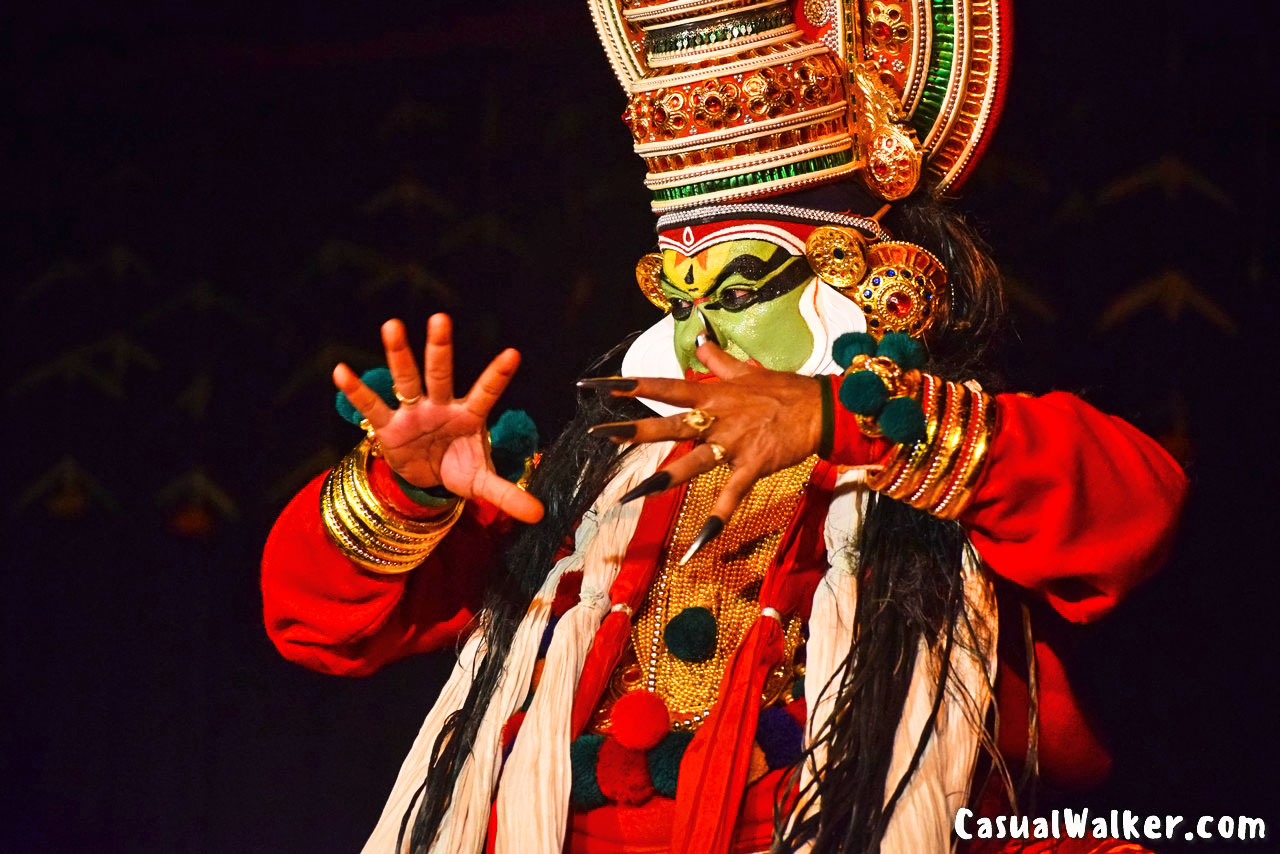
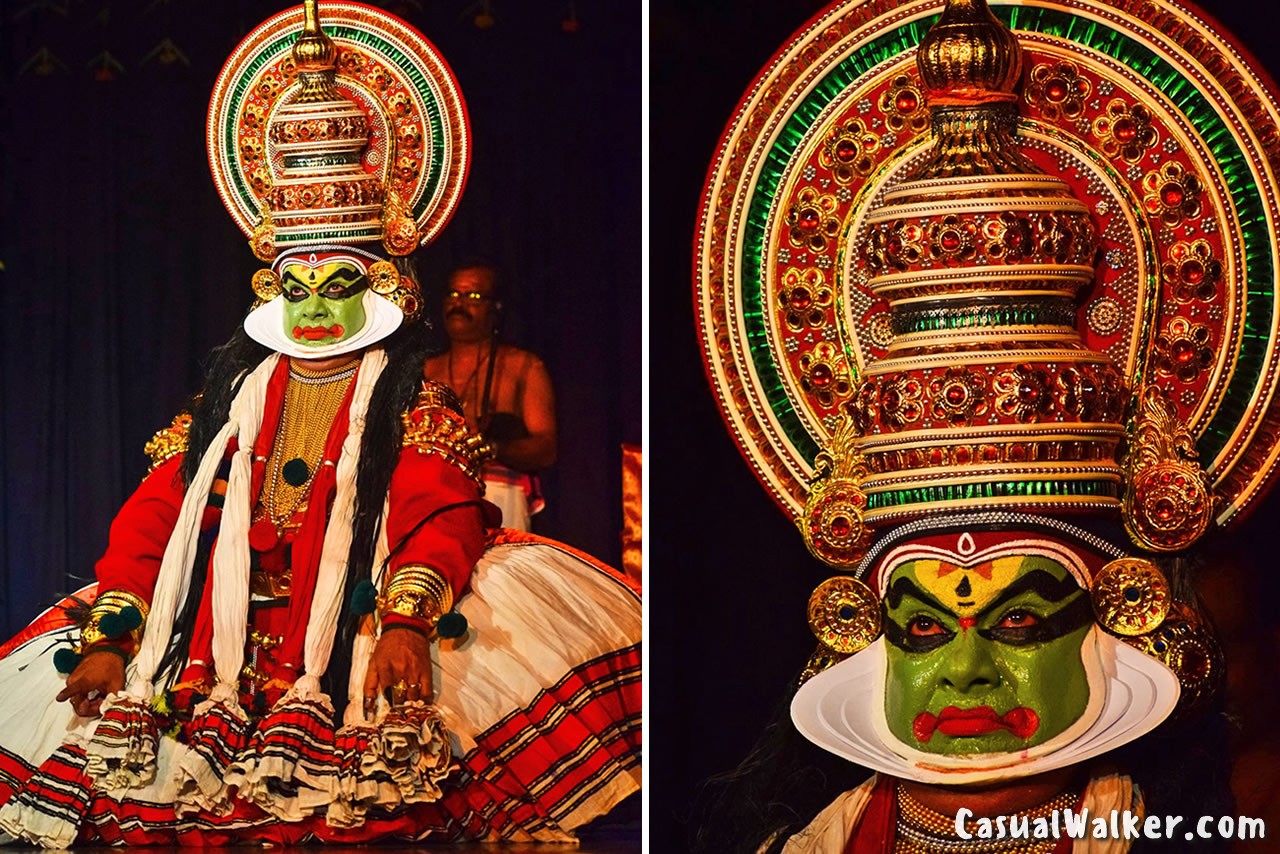
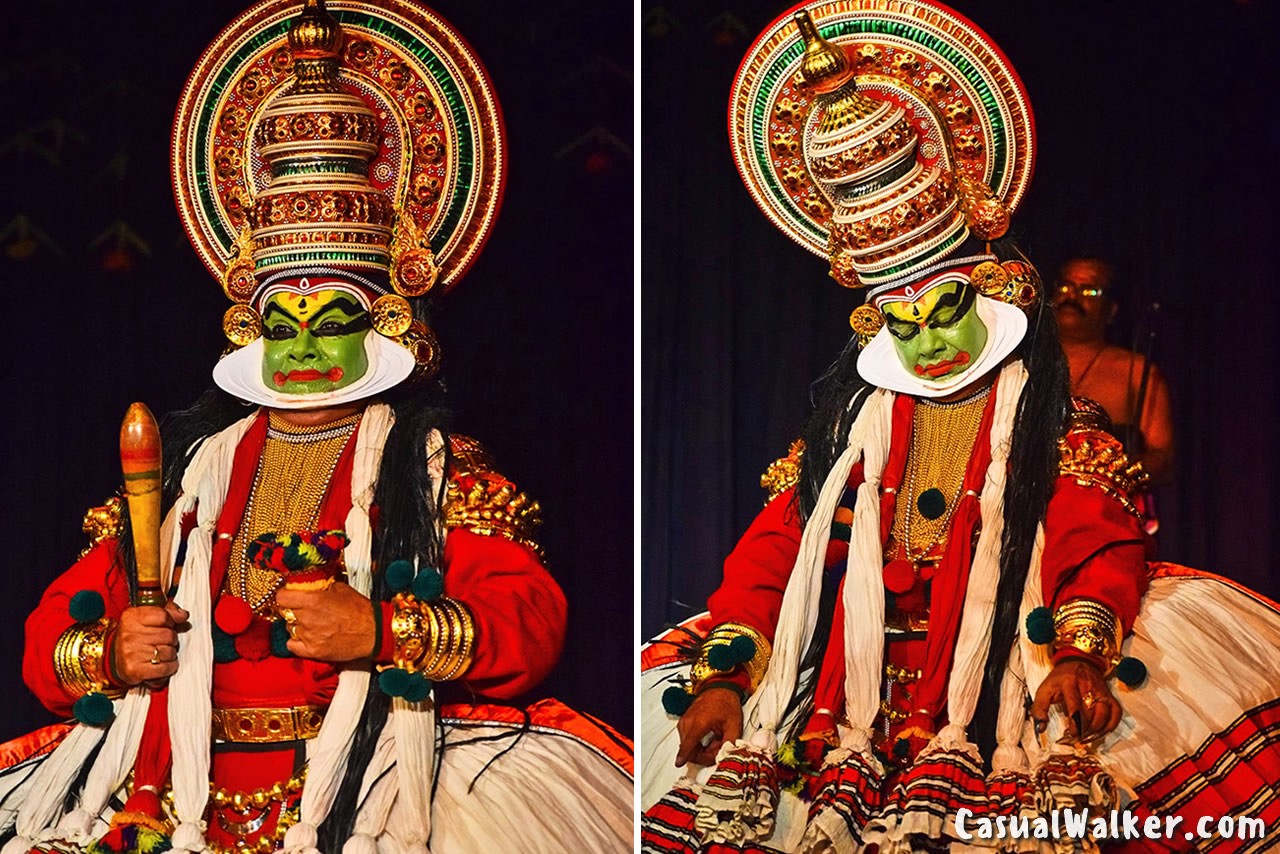
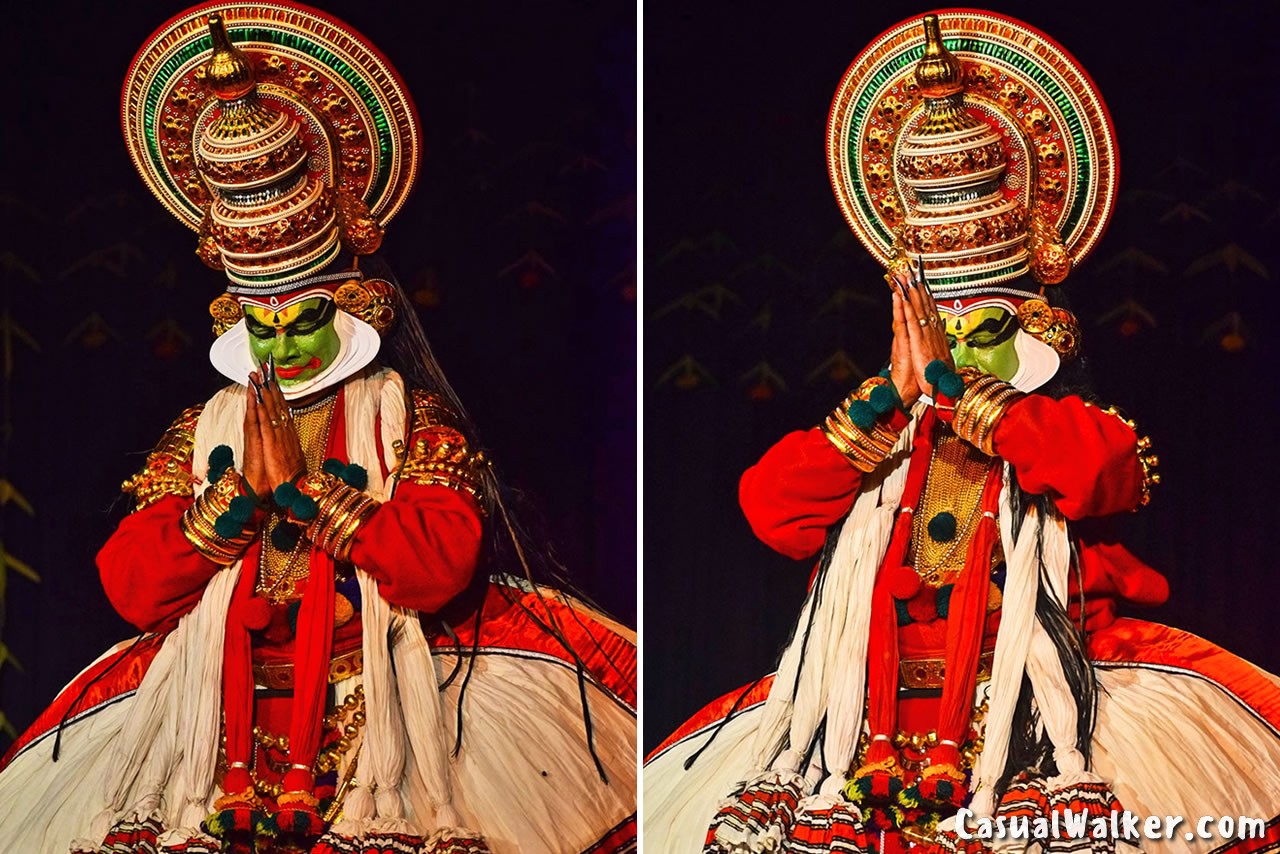
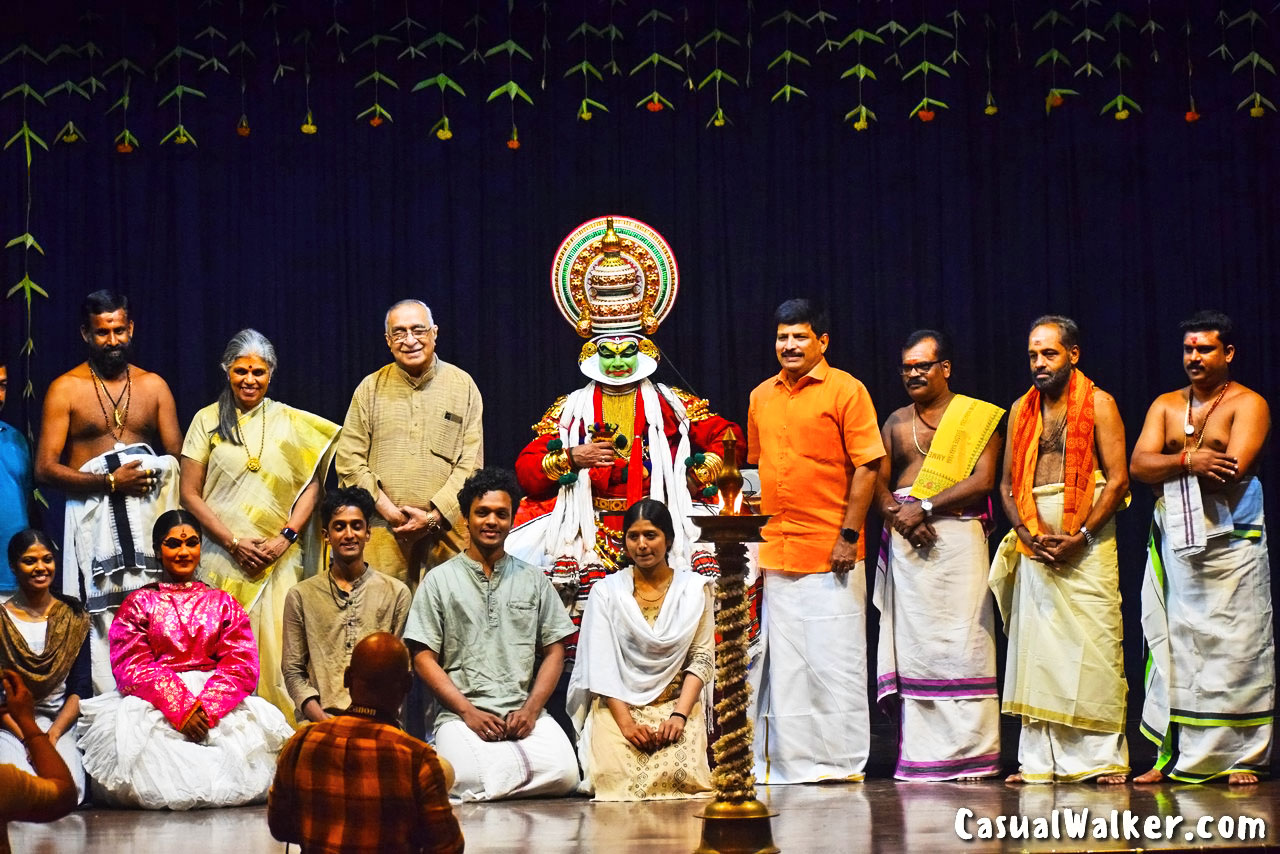
Also, check our Similar Photo Stories on Dance & Culture :
Koothu Kottaai – Grand Folk Arts Show Of Tamil Nadu (Part 1)

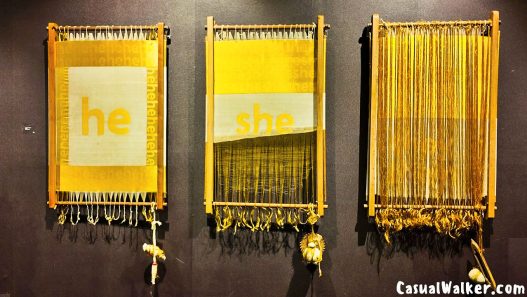

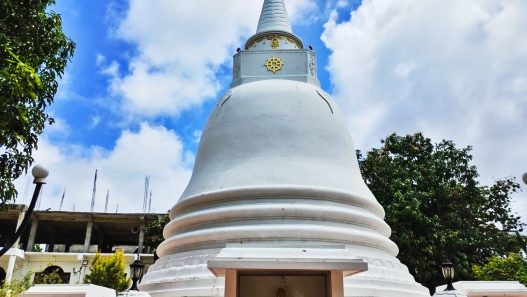

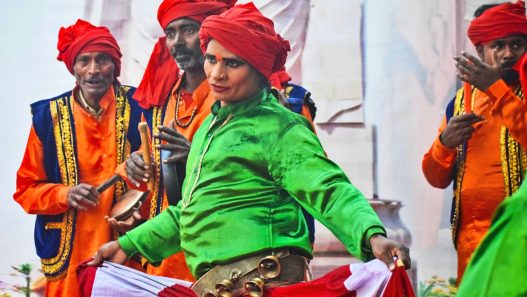

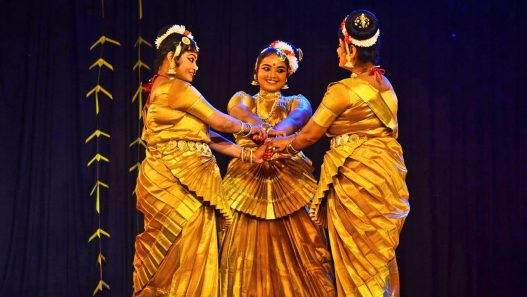
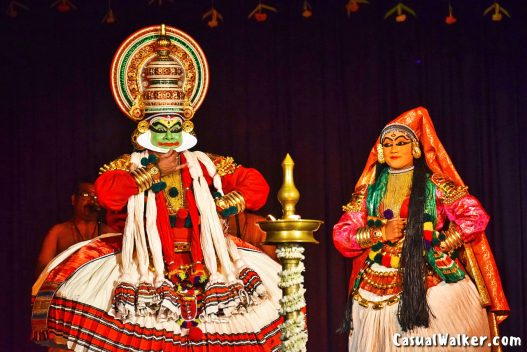

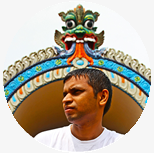


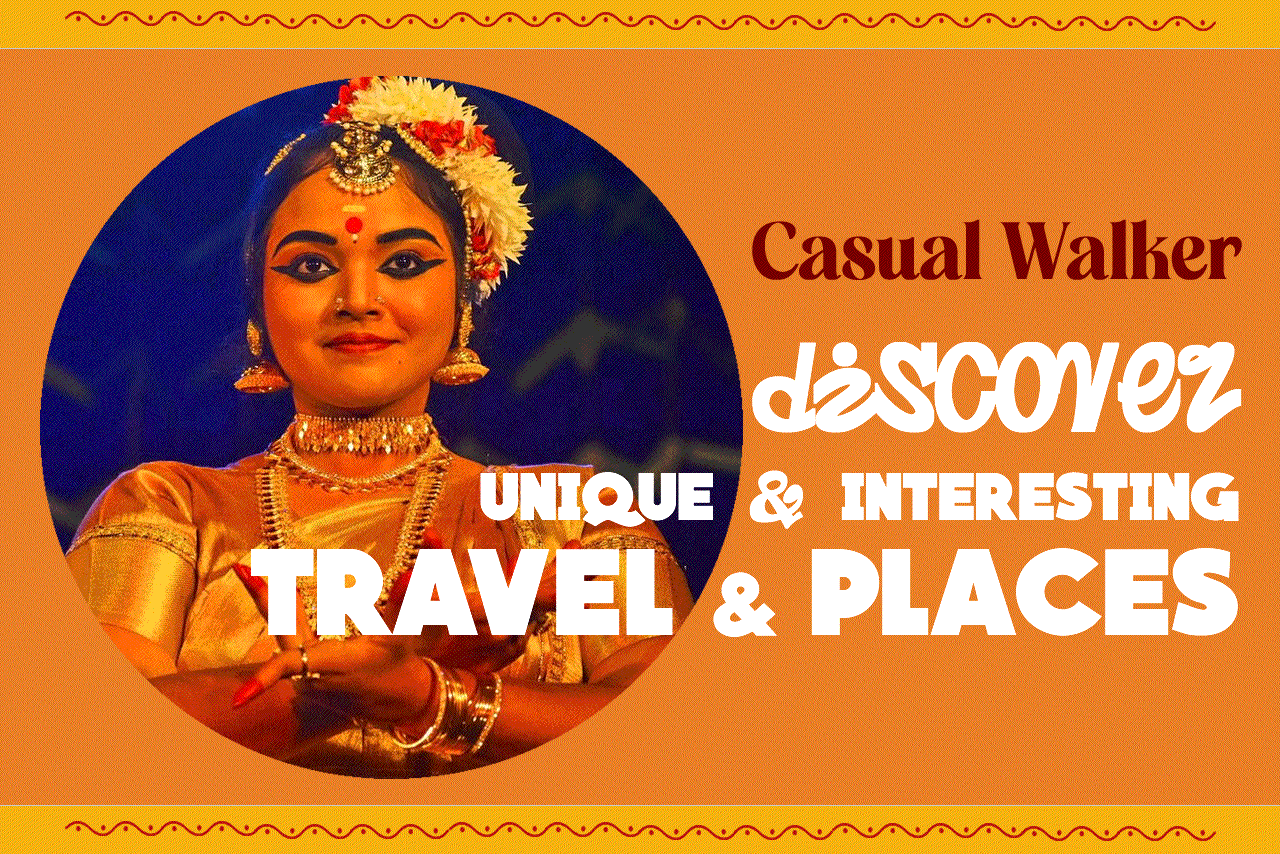











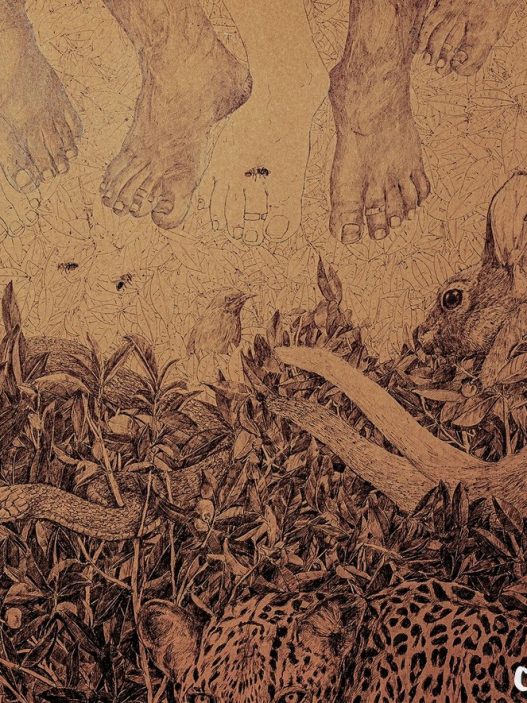
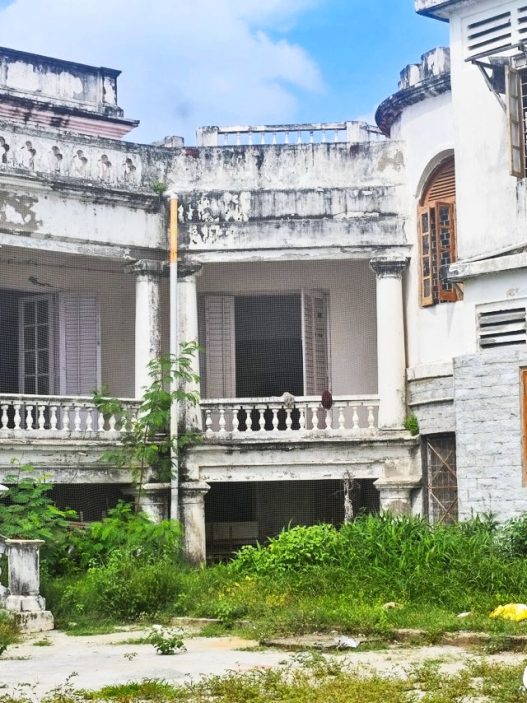
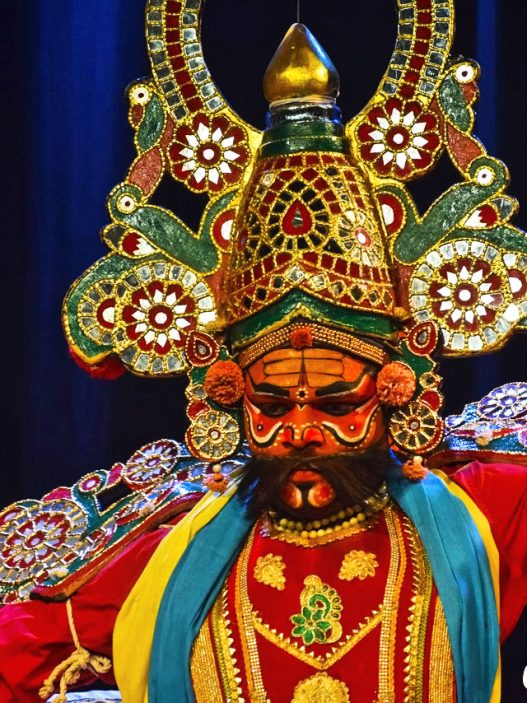
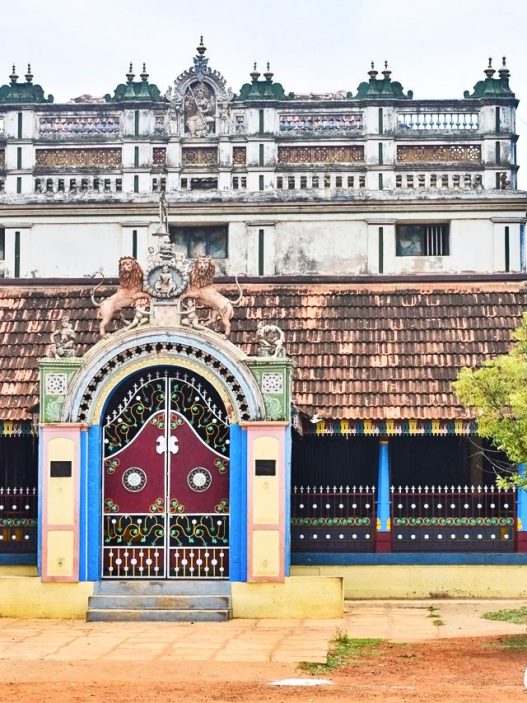


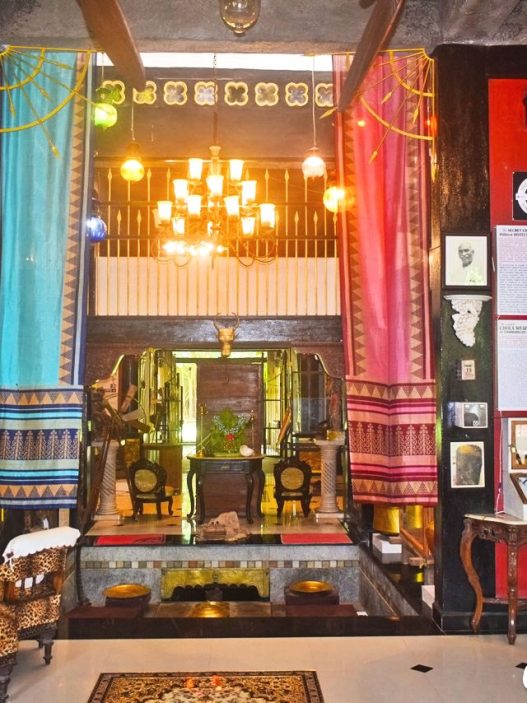
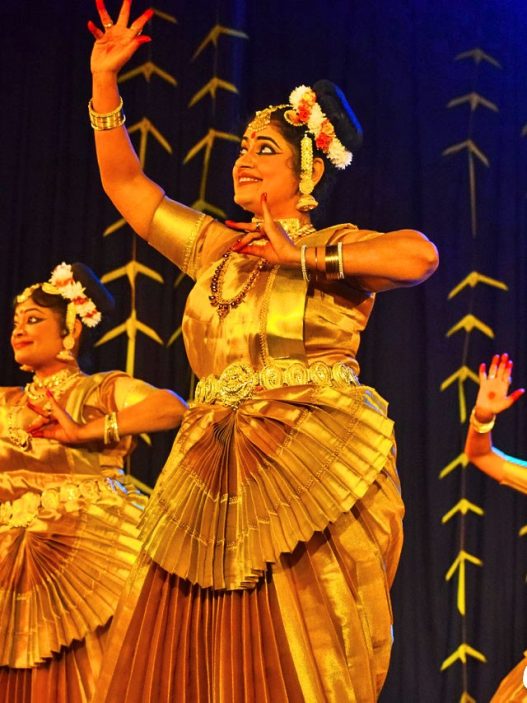
Hello, yes this paragraph is in fact fastidious and I have learned lot
of things from it concerning blogging. thanks.
Ai đang hóng sự kiện tháng 6 của AE888 không? Đọc bài này thấy lên mood hẳn! Thời gian rảnh mình toàn vào hubet12 com chơi vài ván slot để xả stress, mà nổ hũ gần đây ổn phết. Đã thế còn thấy báo mạng hôm qua cũng nói về vụ này nữa!
This is very interesting, You’re a very skilled blogger. I’ve joined your feed and look forward to seeking more of your great post. Also, I have shared your web site in my social networks!
Great write-up, I’m normal visitor of one’s site, maintain up the nice operate, and It’s going to be a regular visitor for a lengthy time.
1n3ofw
Wohh just what I was looking for, thankyou for posting.
Very interesting topic, thankyou for posting. “Welcome to President Bush, Mrs. Bush, and my fellow astronauts.” by Dan Quayle.
An impressive share, I simply given this onto a colleague who was doing a bit analysis on this. And he actually purchased me breakfast as a result of I discovered it for him.. smile. So let me reword that: Thnx for the treat! However yeah Thnkx for spending the time to debate this, I really feel strongly about it and love reading more on this topic. If potential, as you grow to be expertise, would you thoughts updating your weblog with more details? It’s highly useful for me. Big thumb up for this weblog submit!
I’d forever want to be update on new posts on this web site, saved to fav! .
I love it when people come together and share opinions, great blog, keep it up.
I do not even know how I stopped up here, however I thought this publish was good. I don’t recognise who you’re but certainly you’re going to a well-known blogger for those who aren’t already 😉 Cheers!
This is a very good tips especially to those new to blogosphere, brief and accurate information… Thanks for sharing this one. A must read article.
Im no longer certain the place you are getting your info, but great topic. I must spend some time learning much more or understanding more. Thanks for wonderful info I was in search of this info for my mission.
Howdy this is kind of of off topic but I was wanting to know if blogs use WYSIWYG editors or if you have to manually code with HTML. I’m starting a blog soon but have no coding know-how so I wanted to get advice from someone with experience. Any help would be greatly appreciated!
This design is incredible! You most certainly know how to keep a reader entertained. Between your wit and your videos, I was almost moved to start my own blog (well, almost…HaHa!) Fantastic job. I really loved what you had to say, and more than that, how you presented it. Too cool!
slot365 xx vip áp dụng công nghệ bảo mật tiên tiến, trong đó có công nghệ mã hóa SSL 128 bit. Đây là tiêu chuẩn bảo mật hàng đầu, thường được sử dụng bởi các ngân hàng và tổ chức tài chính lớn, giúp mã hóa toàn bộ thông tin cá nhân, giao dịch của người chơi. Nhờ đó, các dữ liệu quan trọng của bạn sẽ được bảo vệ khỏi nguy cơ bị xâm nhập hoặc đánh cắp bởi đối tượng xấu.
https://t.me/s/Irwin_officials
Appreciate the insight
Nice post. I study something more challenging on completely different blogs everyday. It can always be stimulating to read content from different writers and apply a little something from their store. I’d choose to make use of some with the content material on my blog whether or not you don’t mind. Natually I’ll offer you a hyperlink in your net blog. Thanks for sharing.
Để được tổ chức hàng đầu châu lục này cấp phép đòi hỏi Fun 88 phải tuân thủ, cũng như đảm bảo nghiêm ngặt mọi quy định. Nhờ đó mà 188v chính thức trở thành sân chơi uy tín tuyệt đối, chất lượng hoàn hảo, thành công thu hút sự yêu thích của nhiều cược thủ trên nhiều quốc gia khác nhau như Việt Nam, Thái Lan, Ấn Độ, Hàn Quốc, Philippines, Nhật Bản, Mỹ.
Good day! This post could not be written any better! Reading through this post reminds me of my previous room mate! He always kept chatting about this. I will forward this article to him. Fairly certain he will have a good read. Thanks for sharing!
Very well presented
Yo! New to 79kingfitting. Solid so far! Interface is on point, and the odds are better some places. Give a go lads 79kingfitting
Hiya, I’m really glad I’ve found this info. Nowadays bloggers publish just about gossips and net and this is actually annoying. A good website with interesting content, that’s what I need. Thank you for keeping this site, I’ll be visiting it. Do you do newsletters? Cant find it.